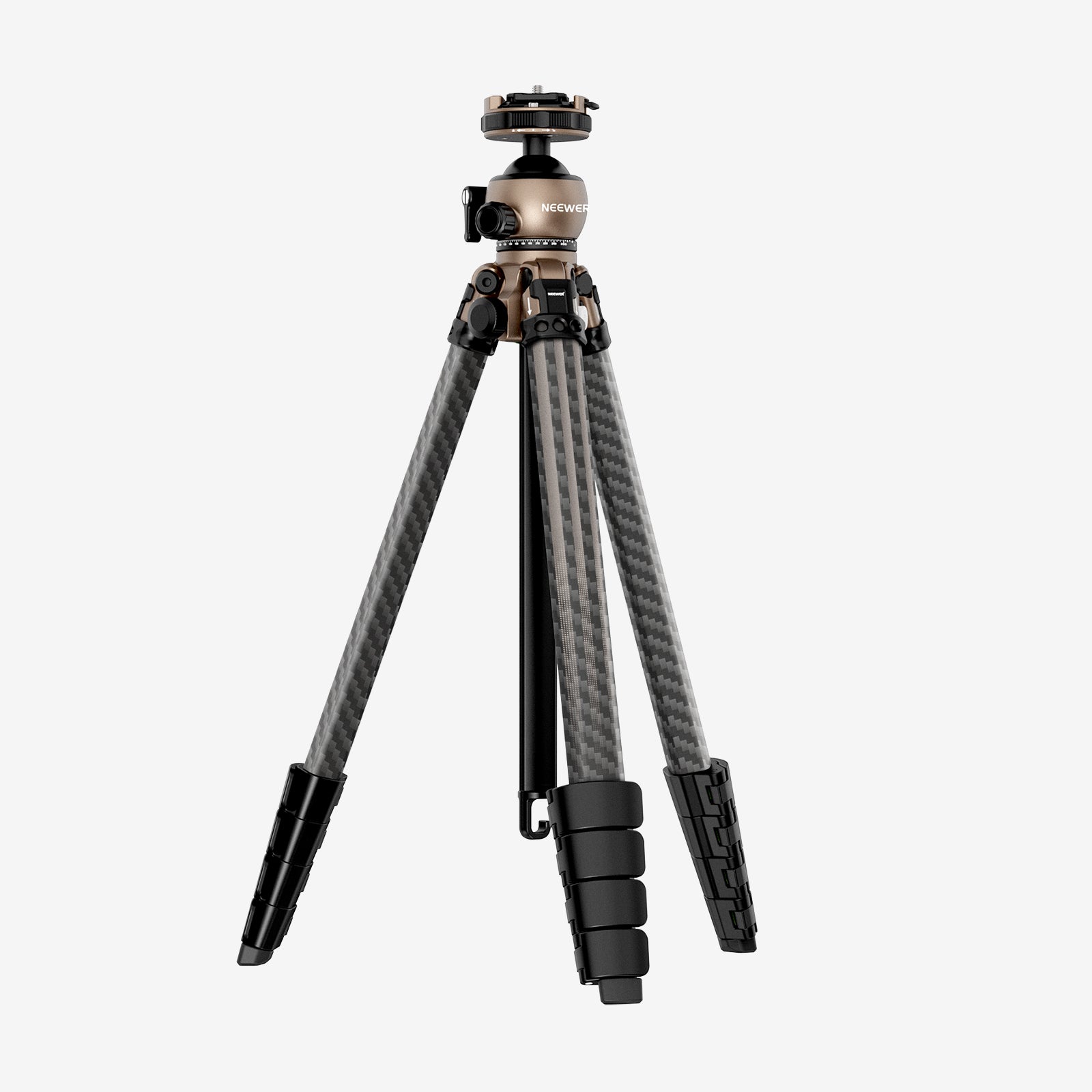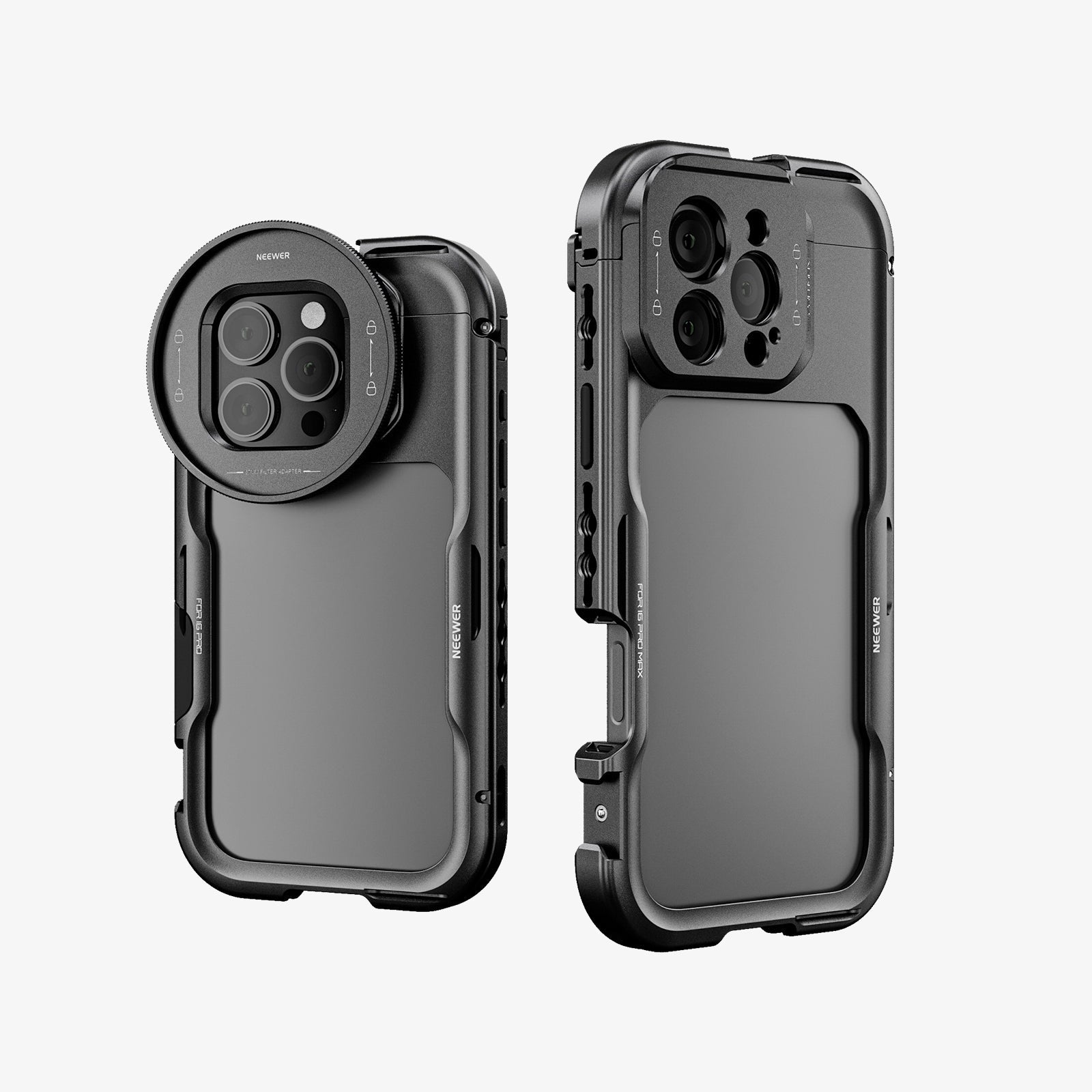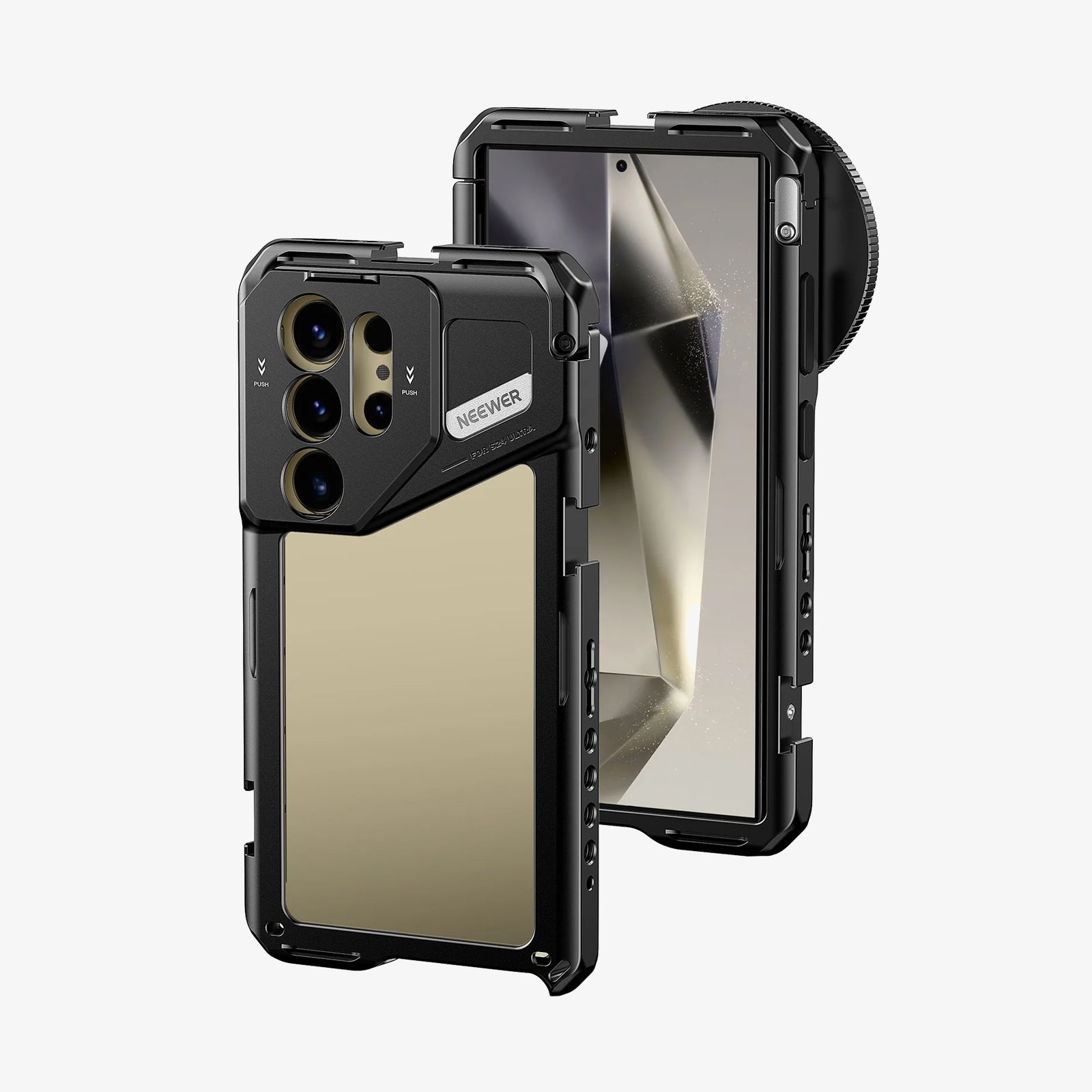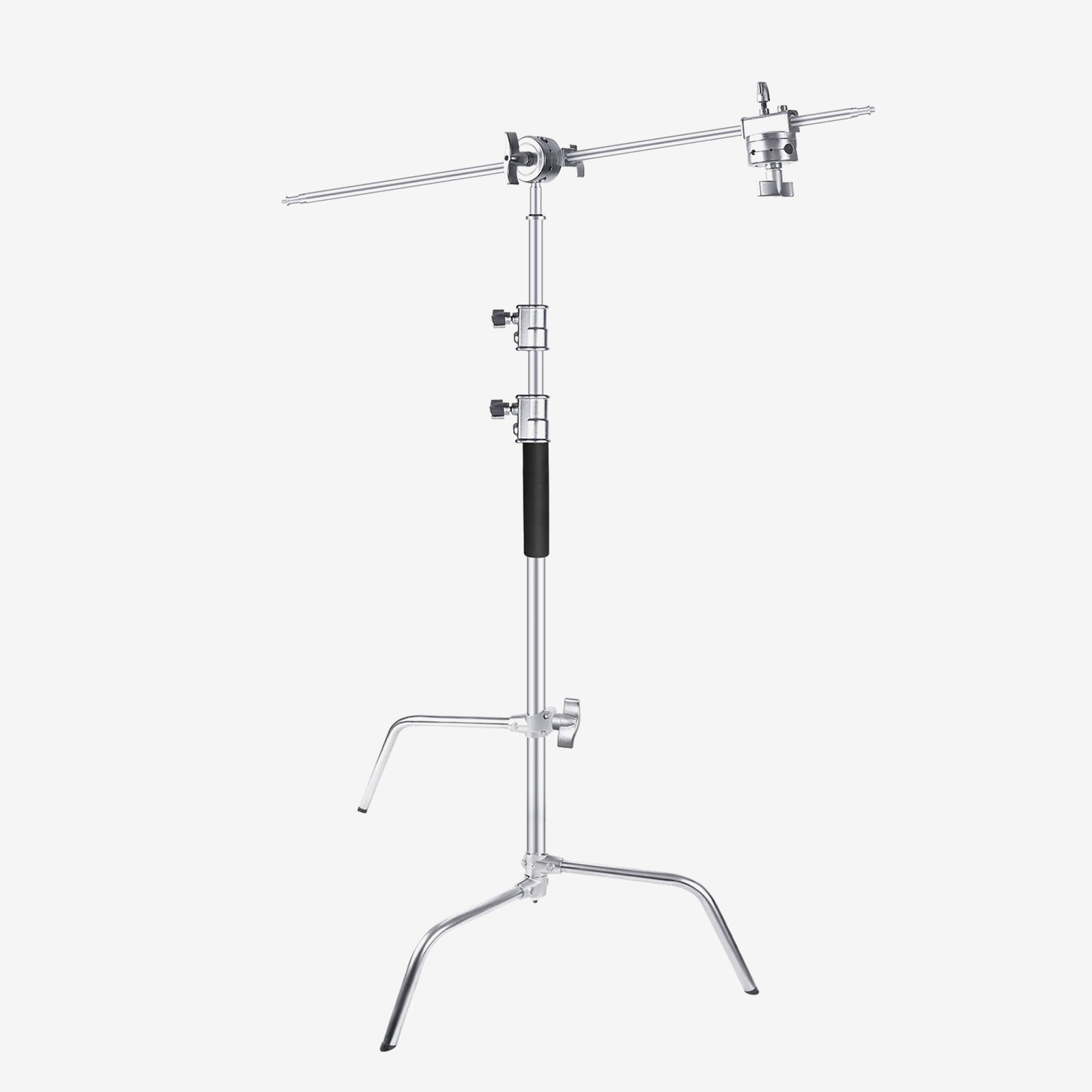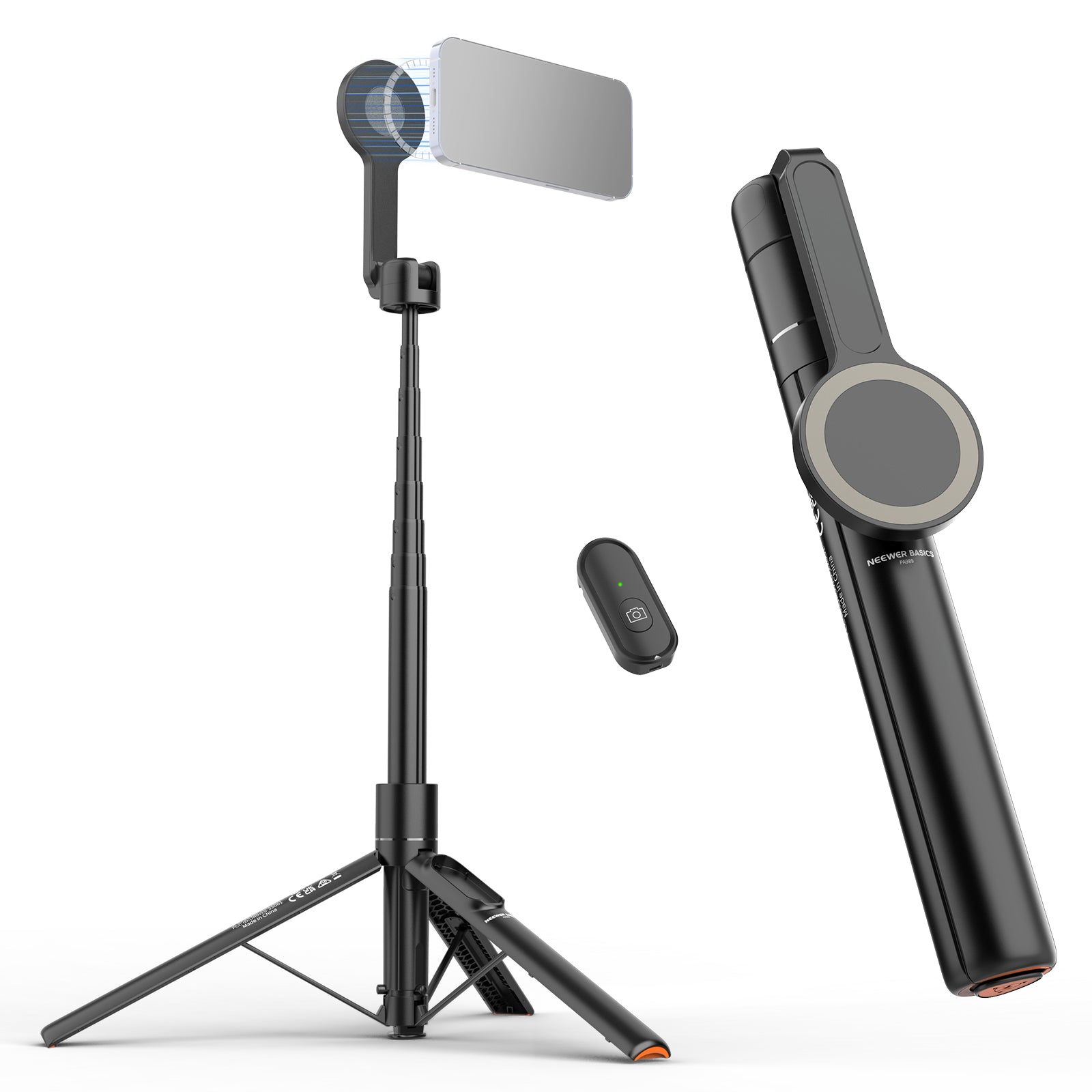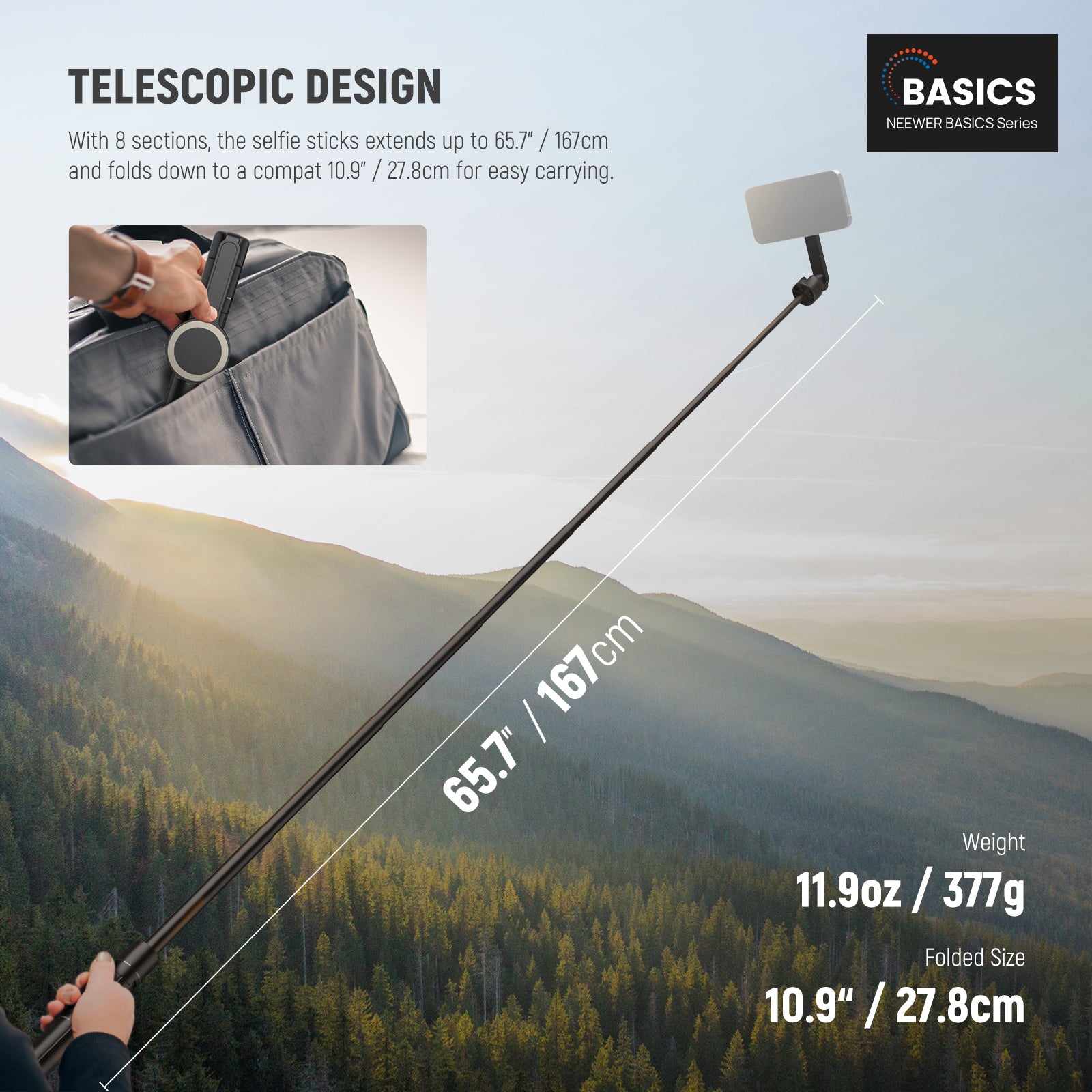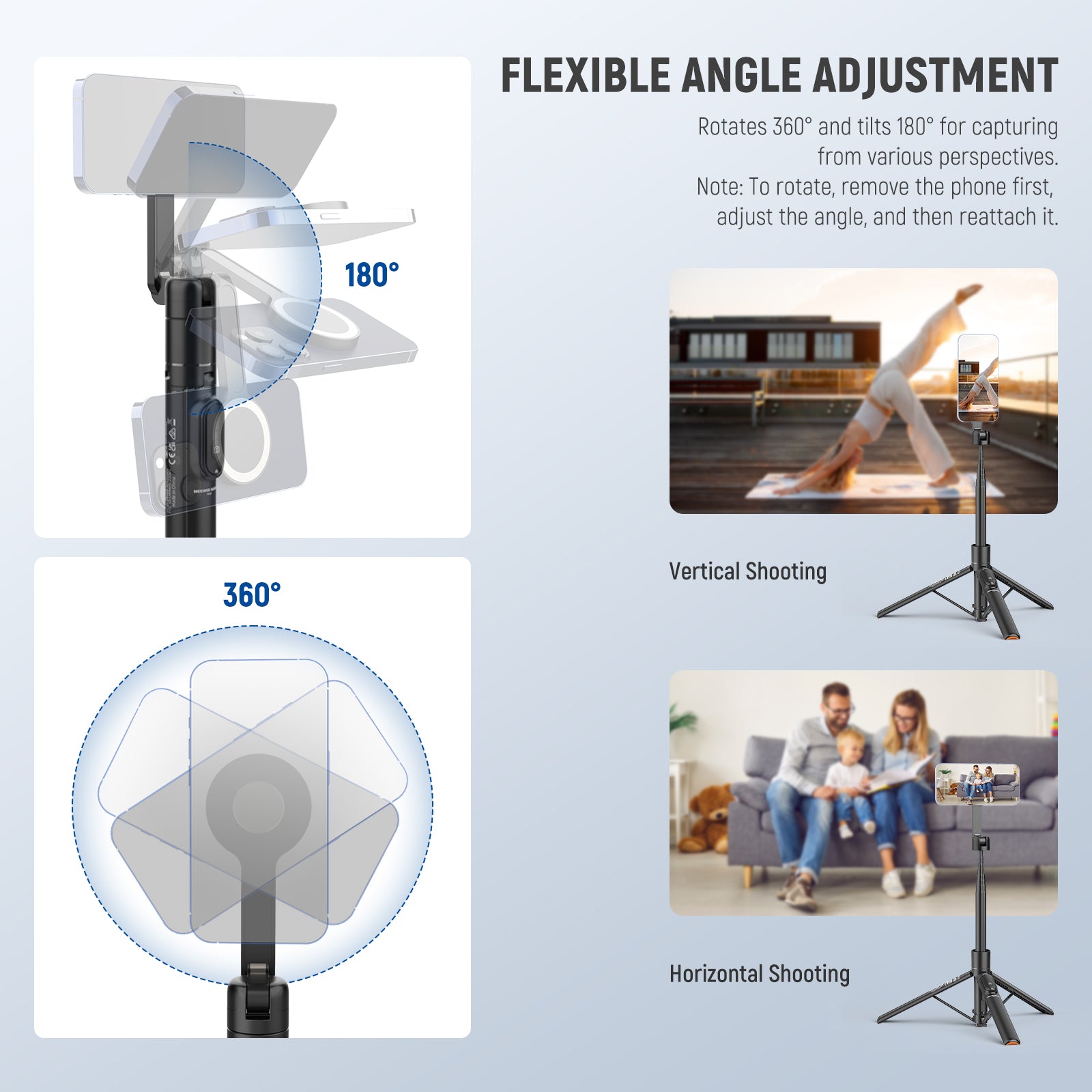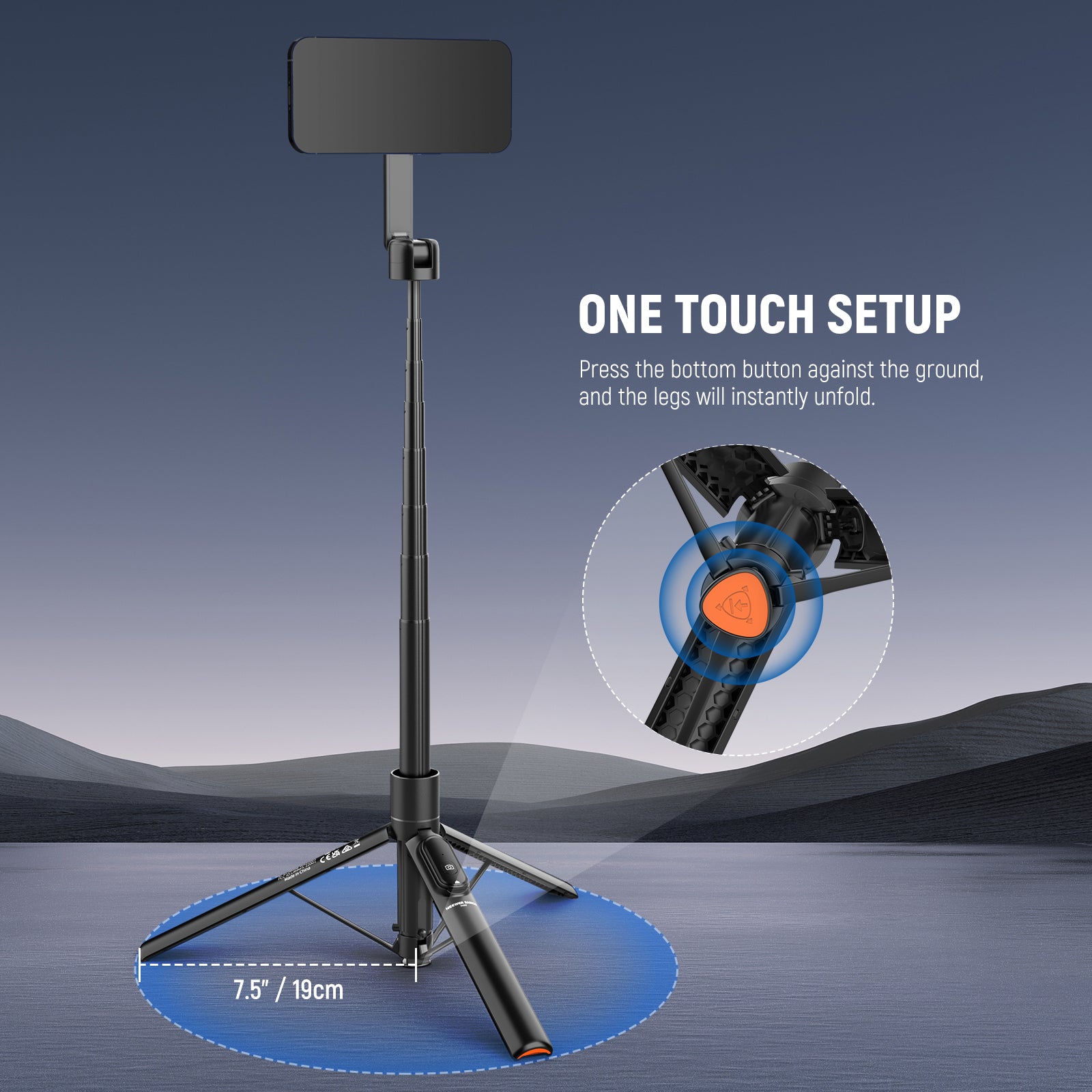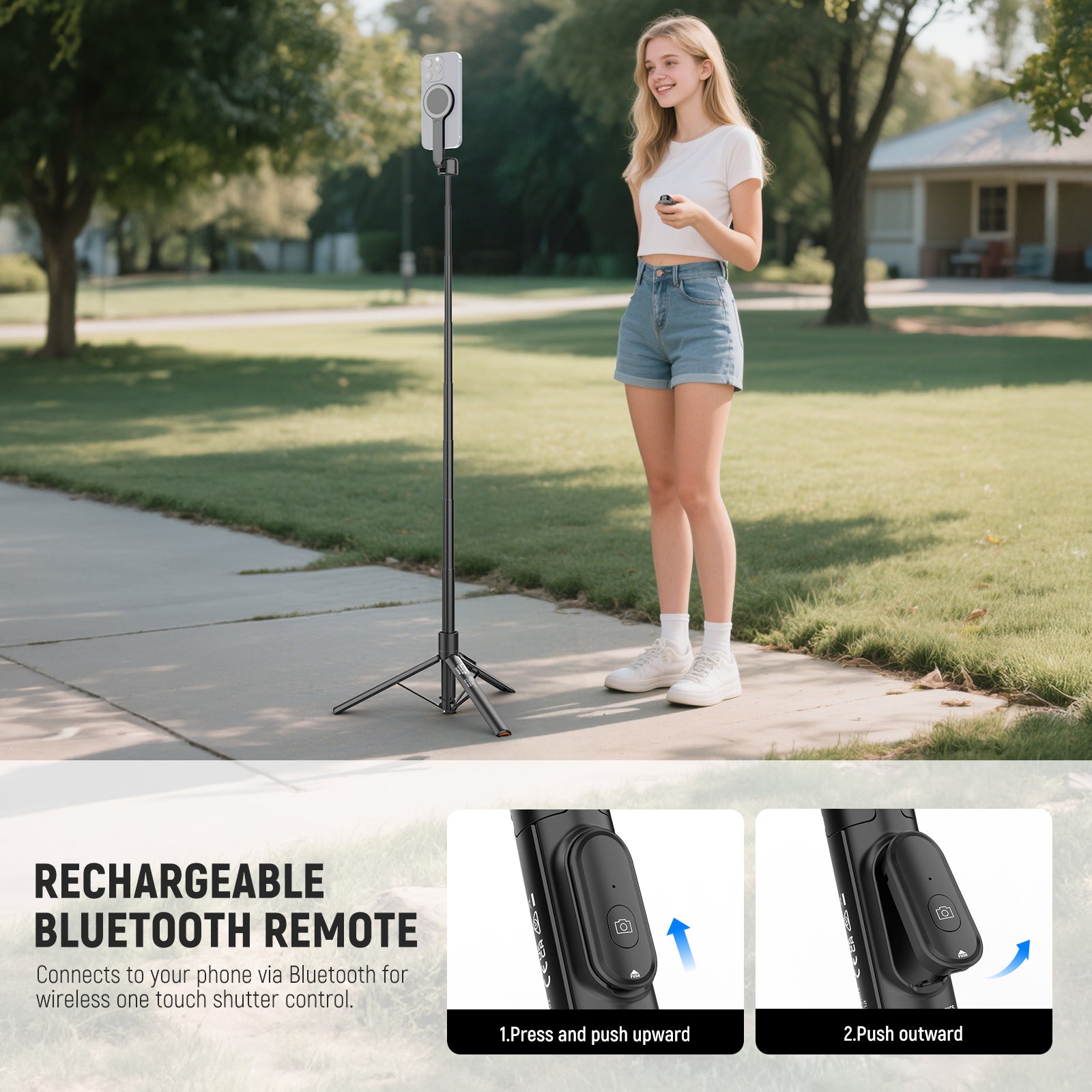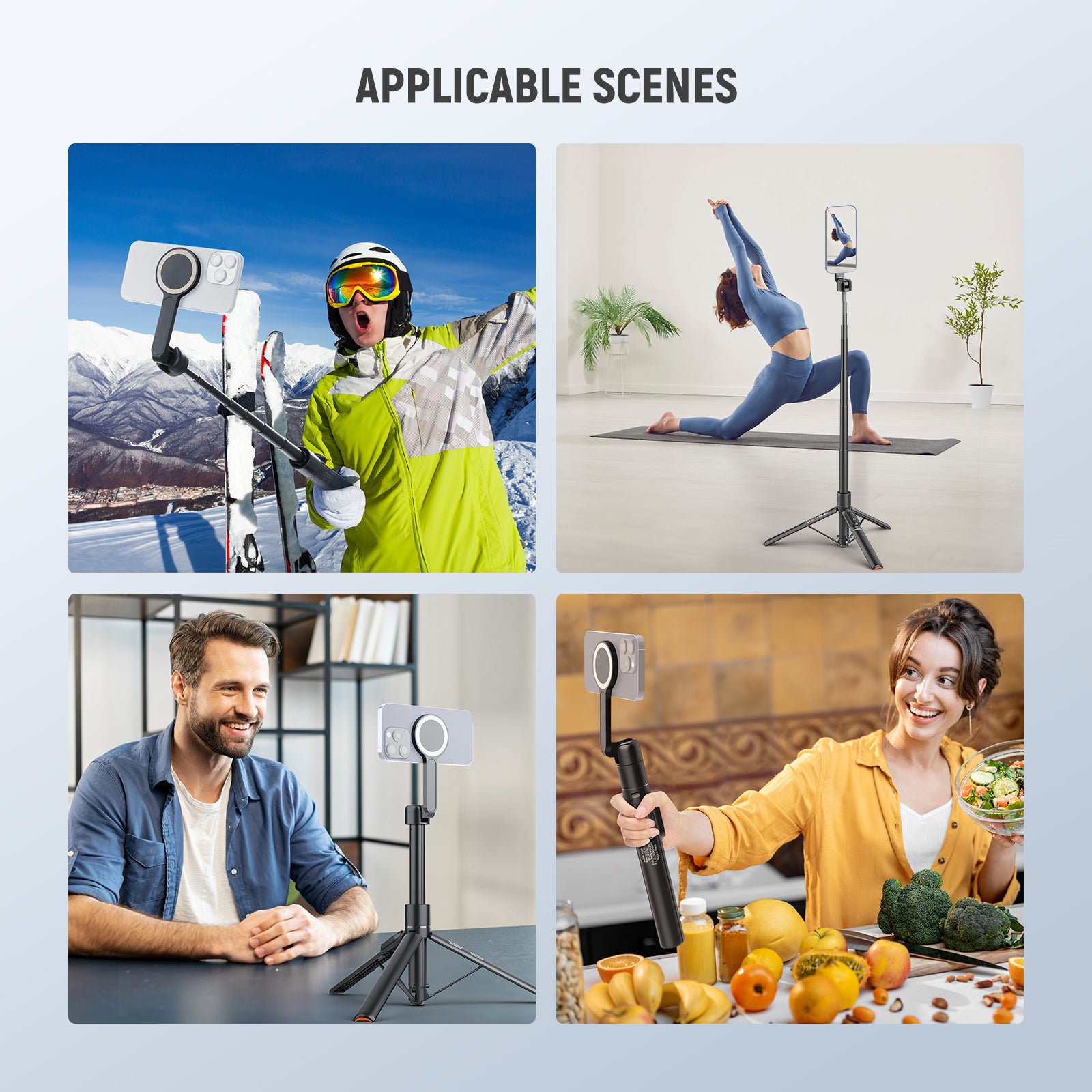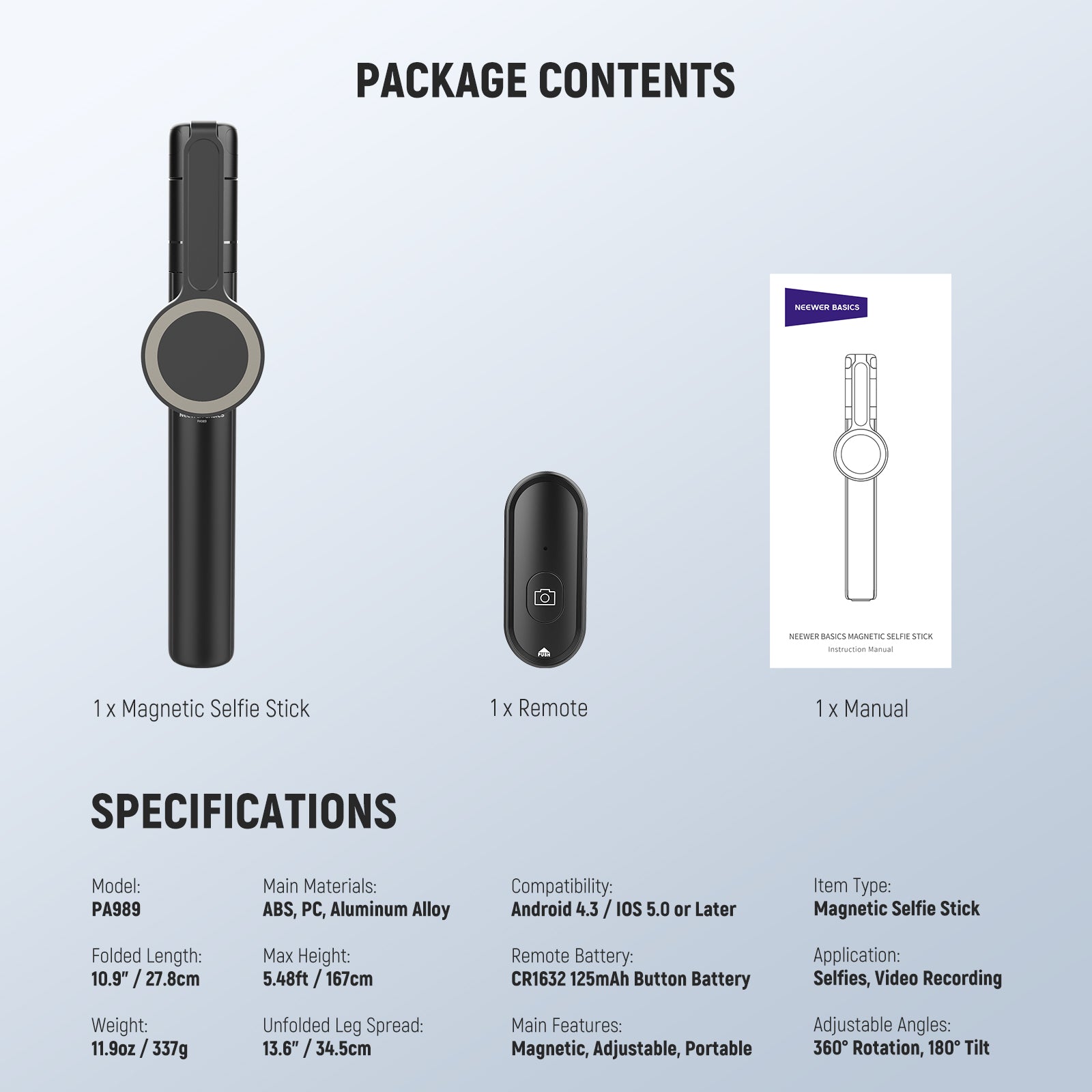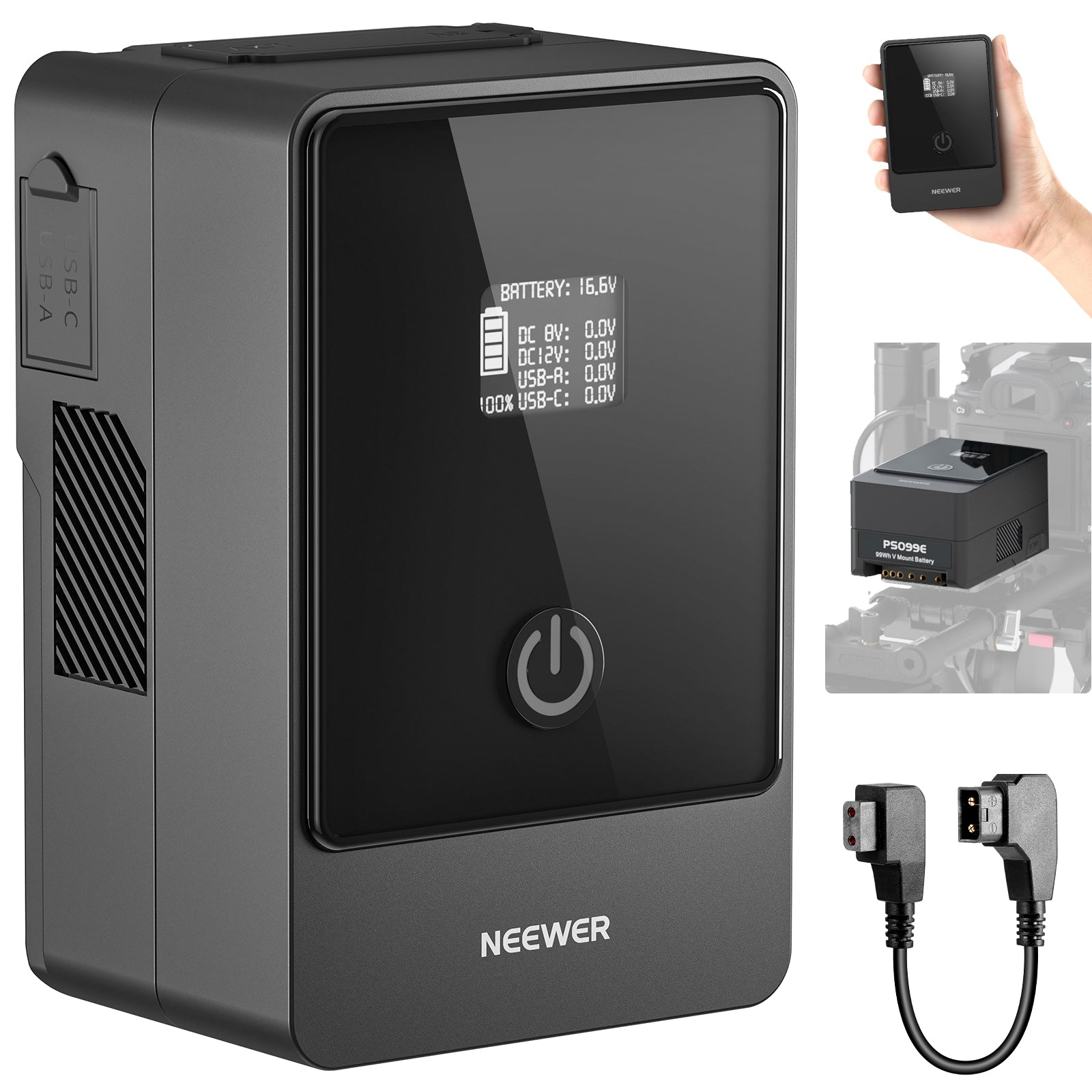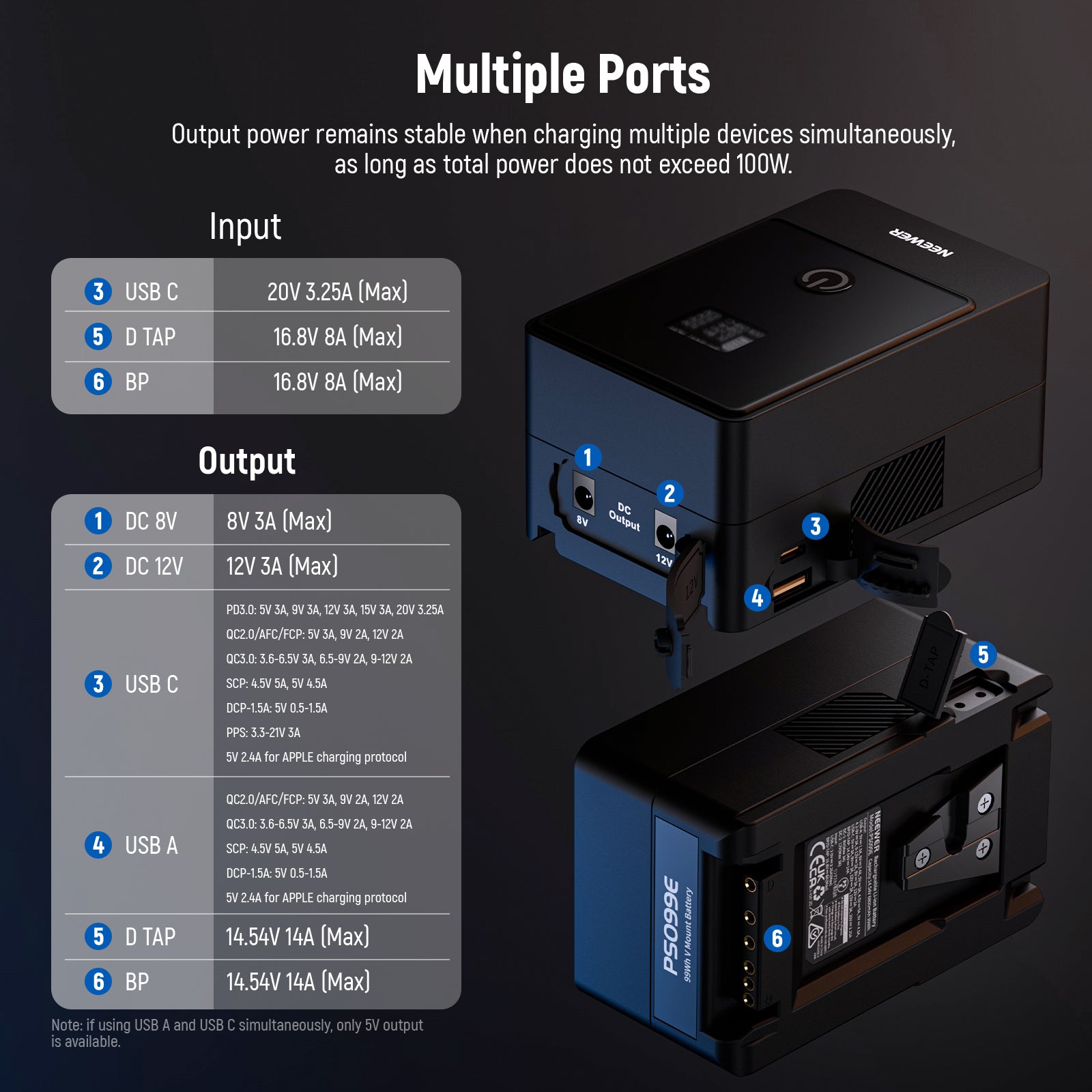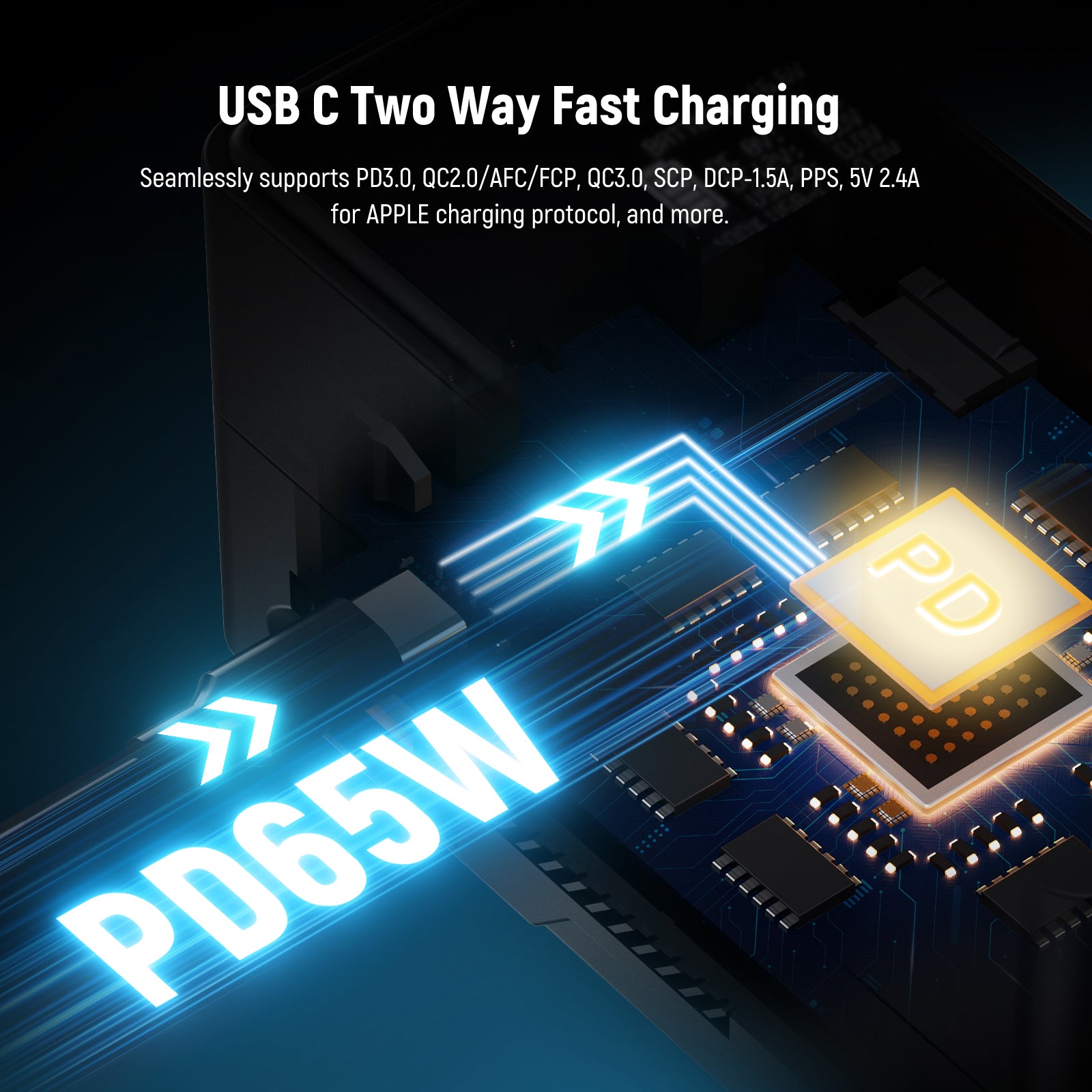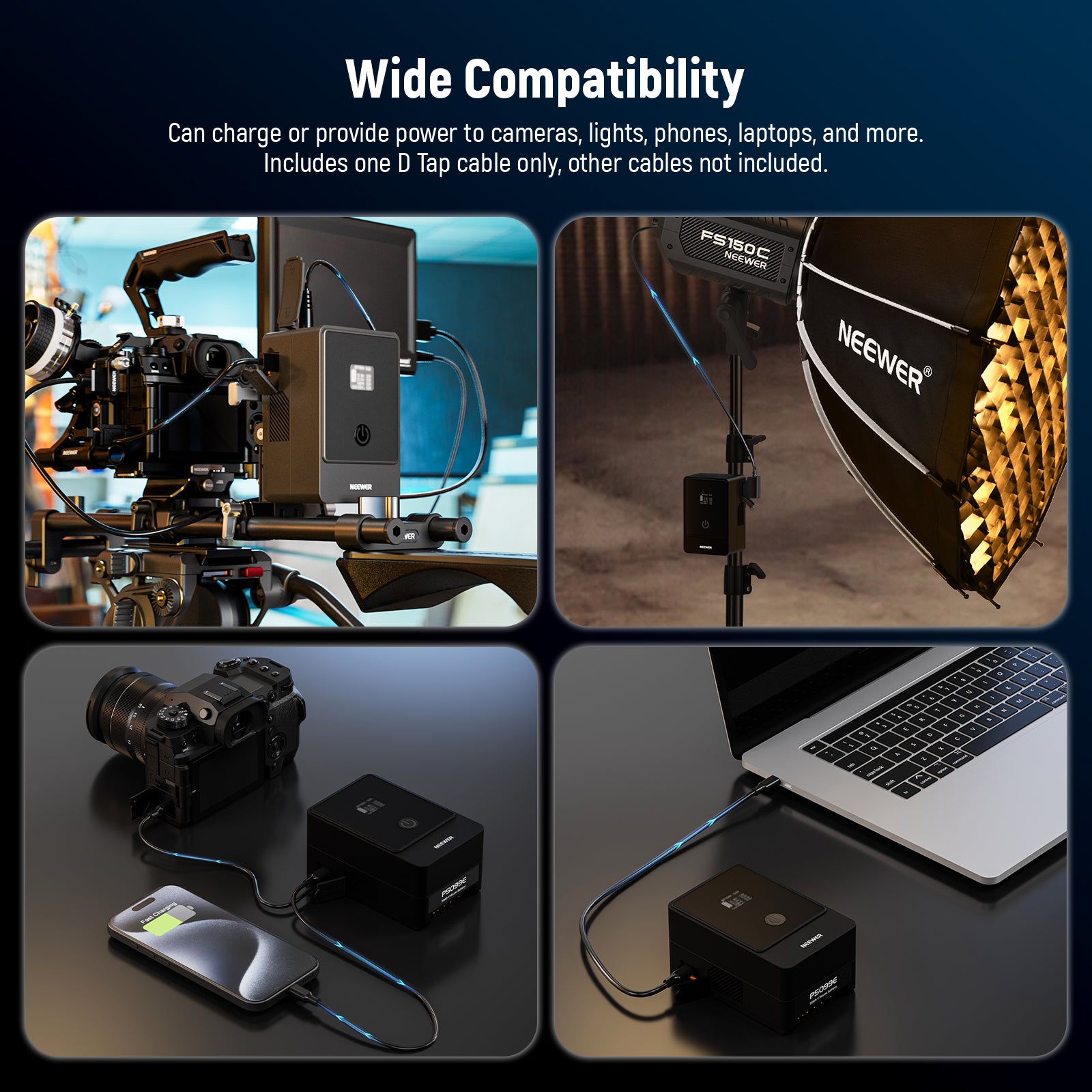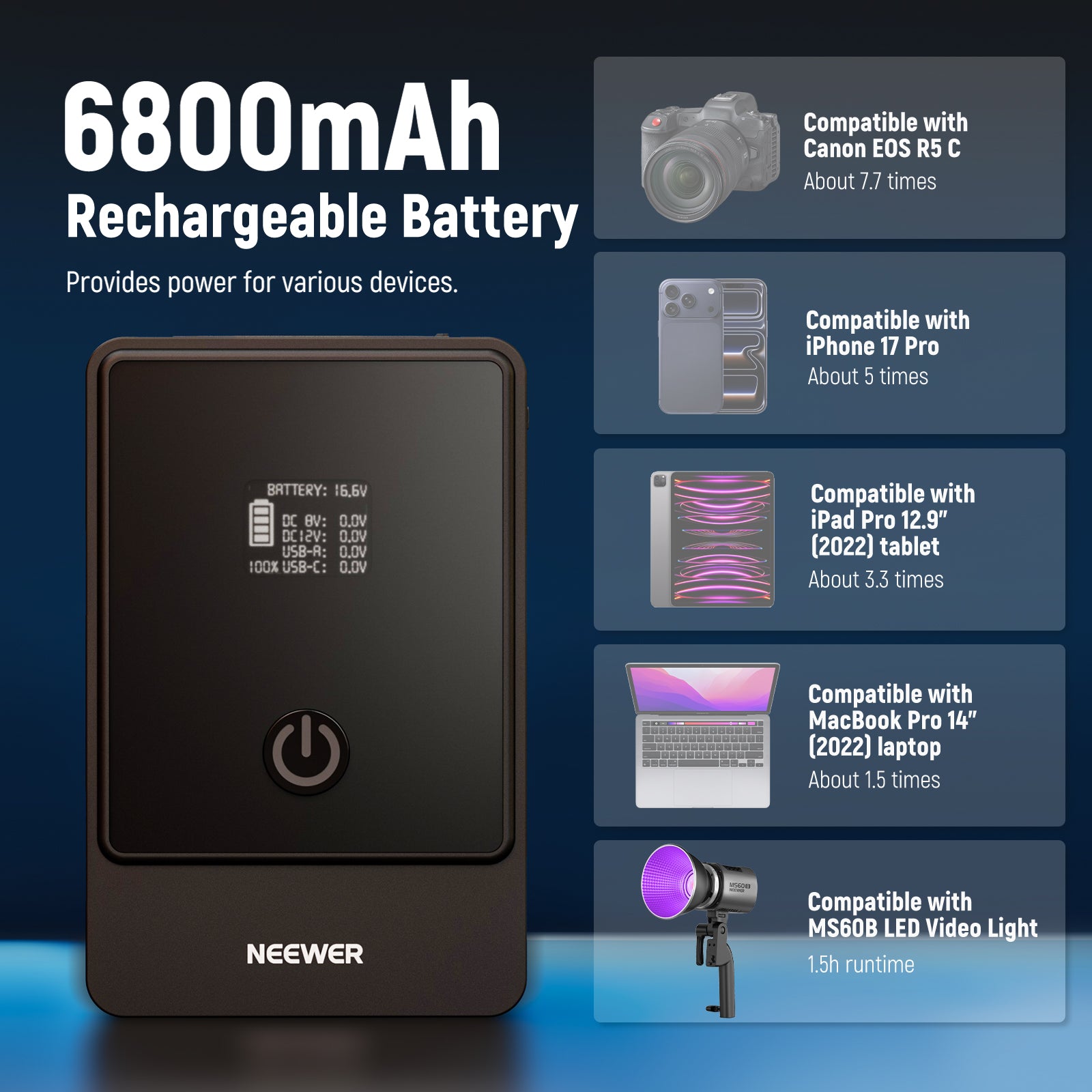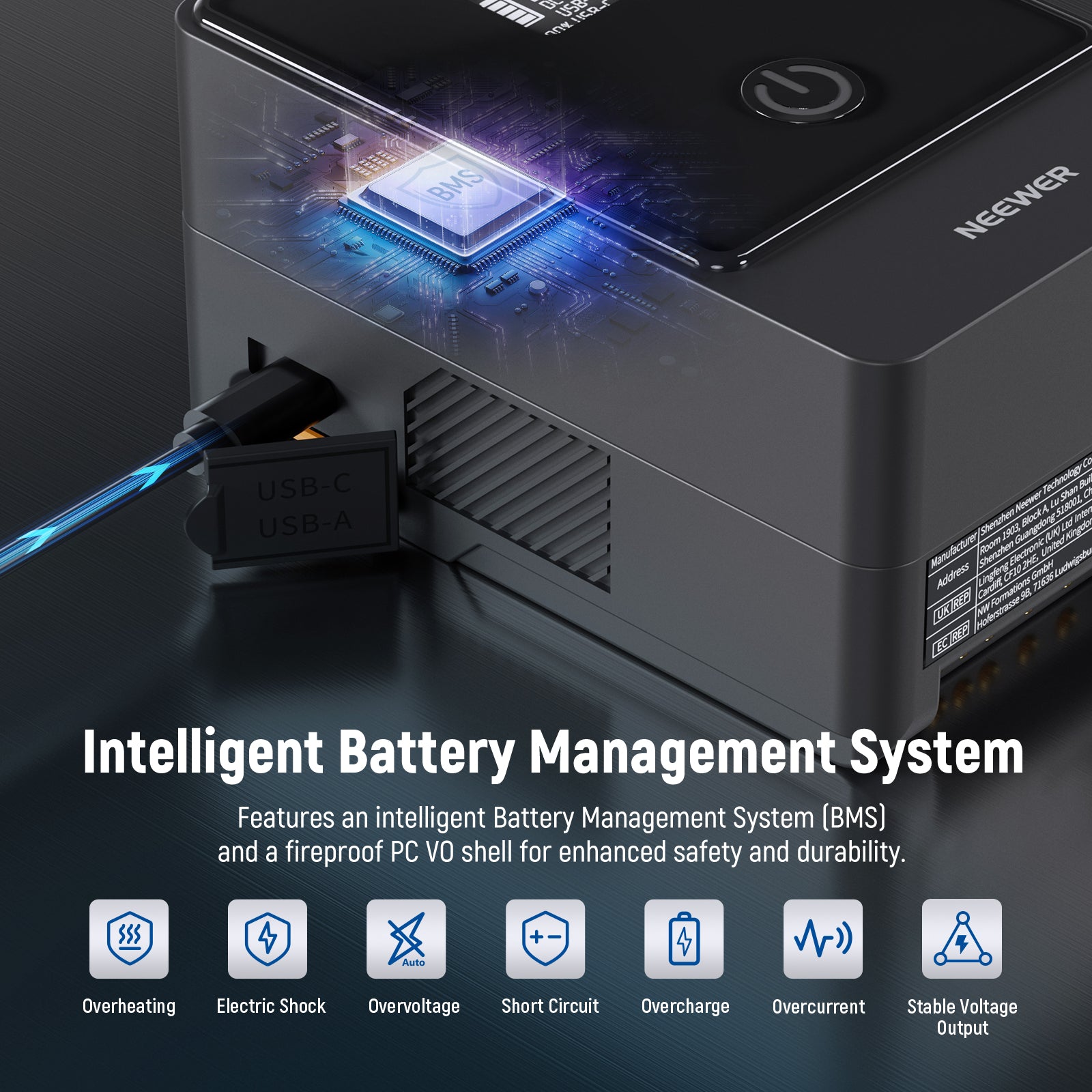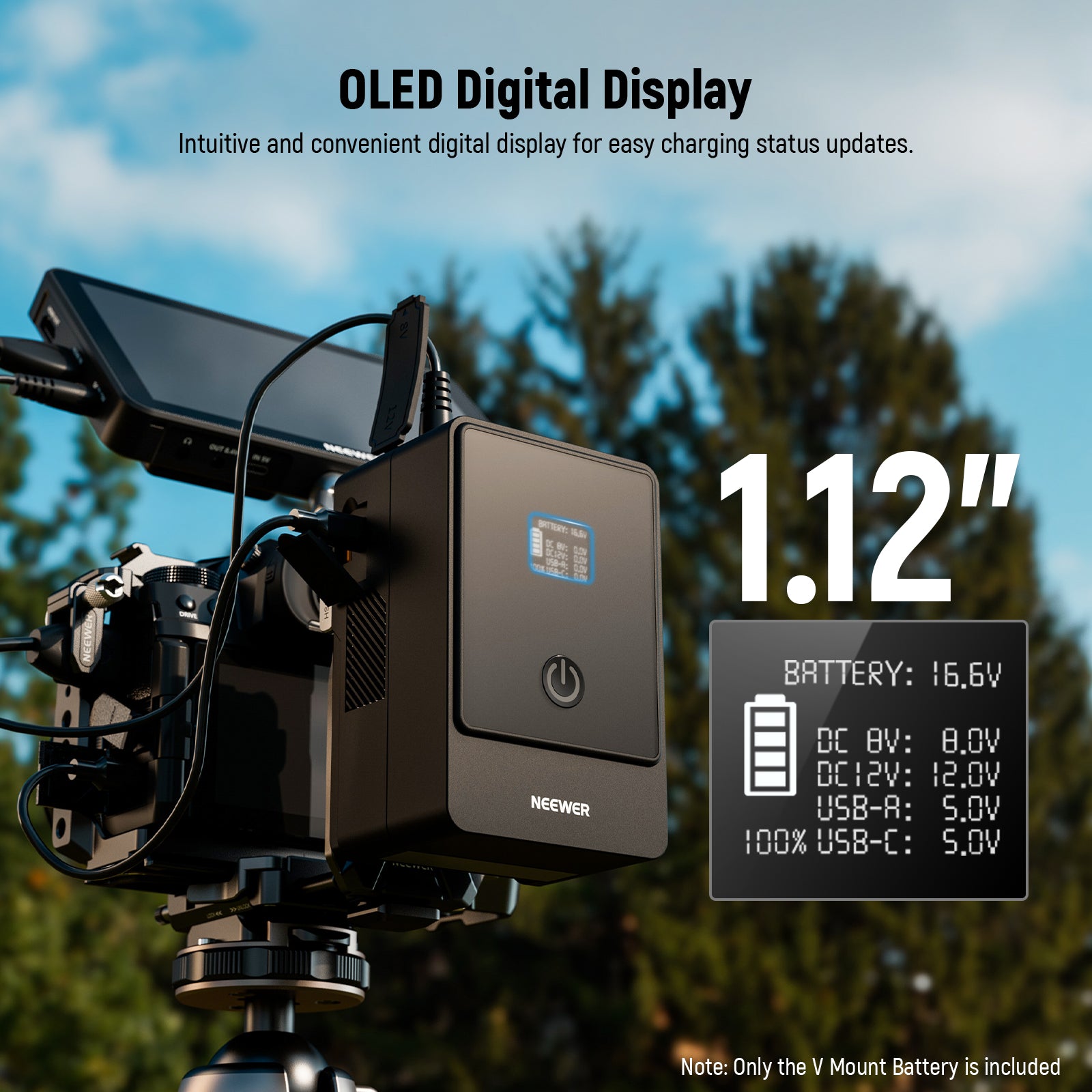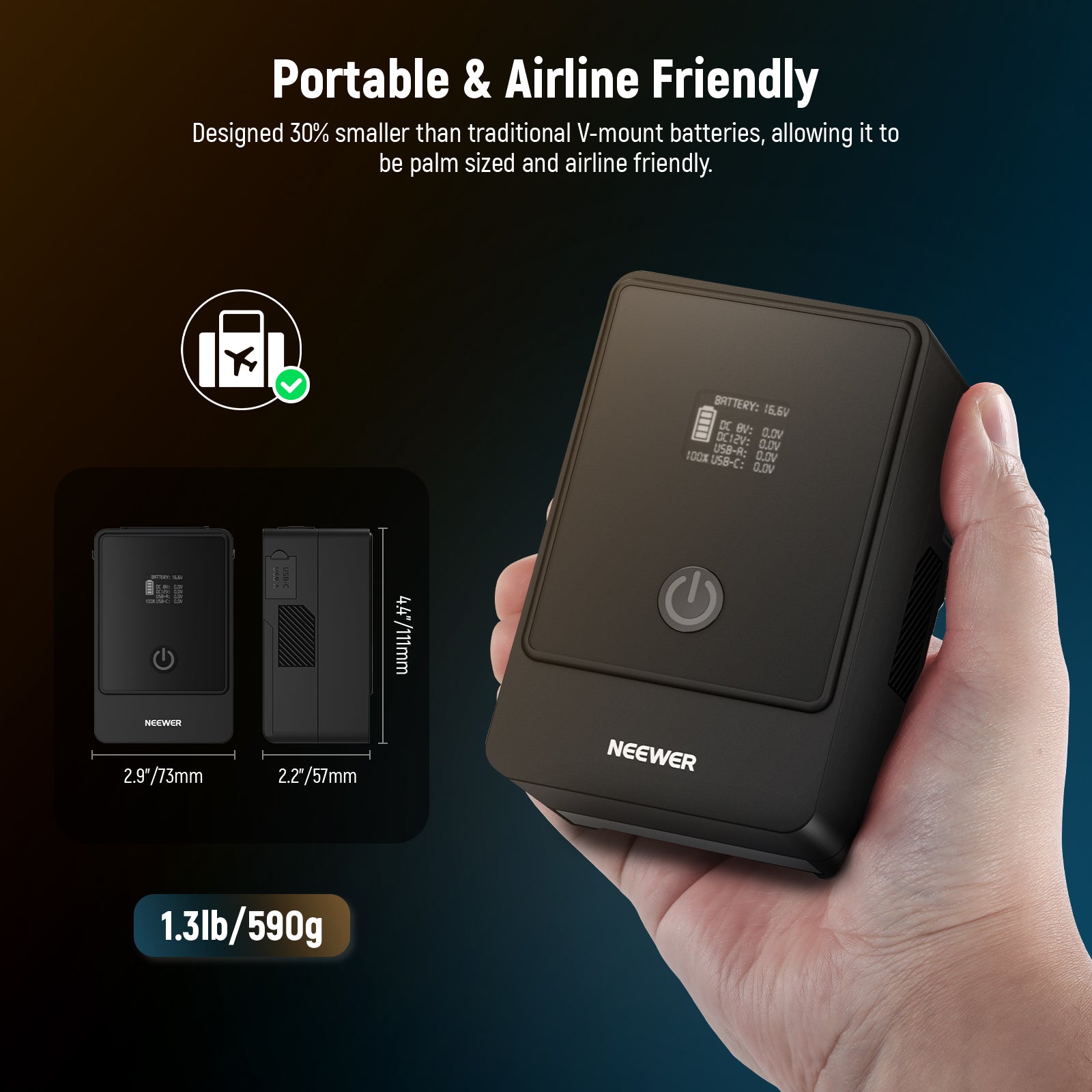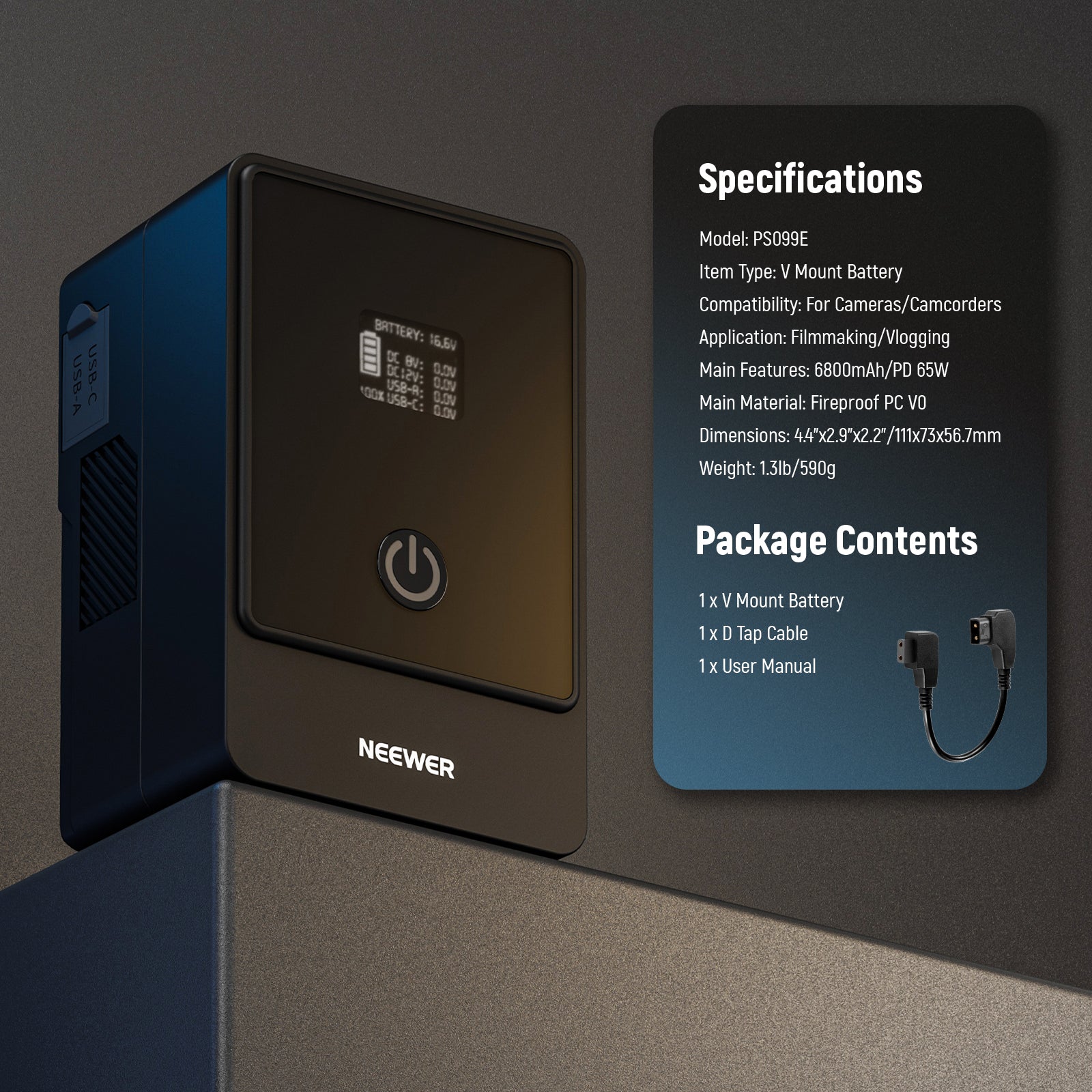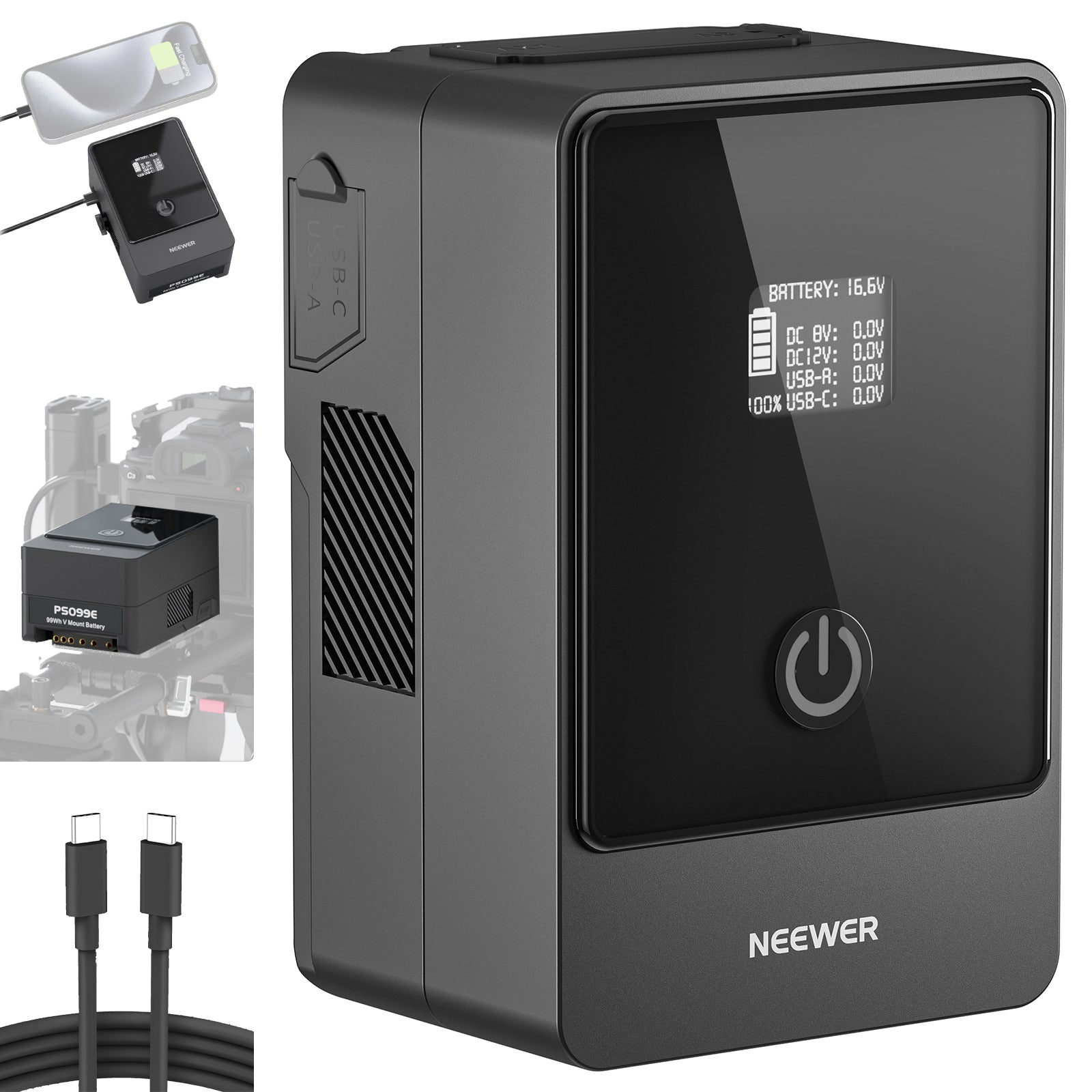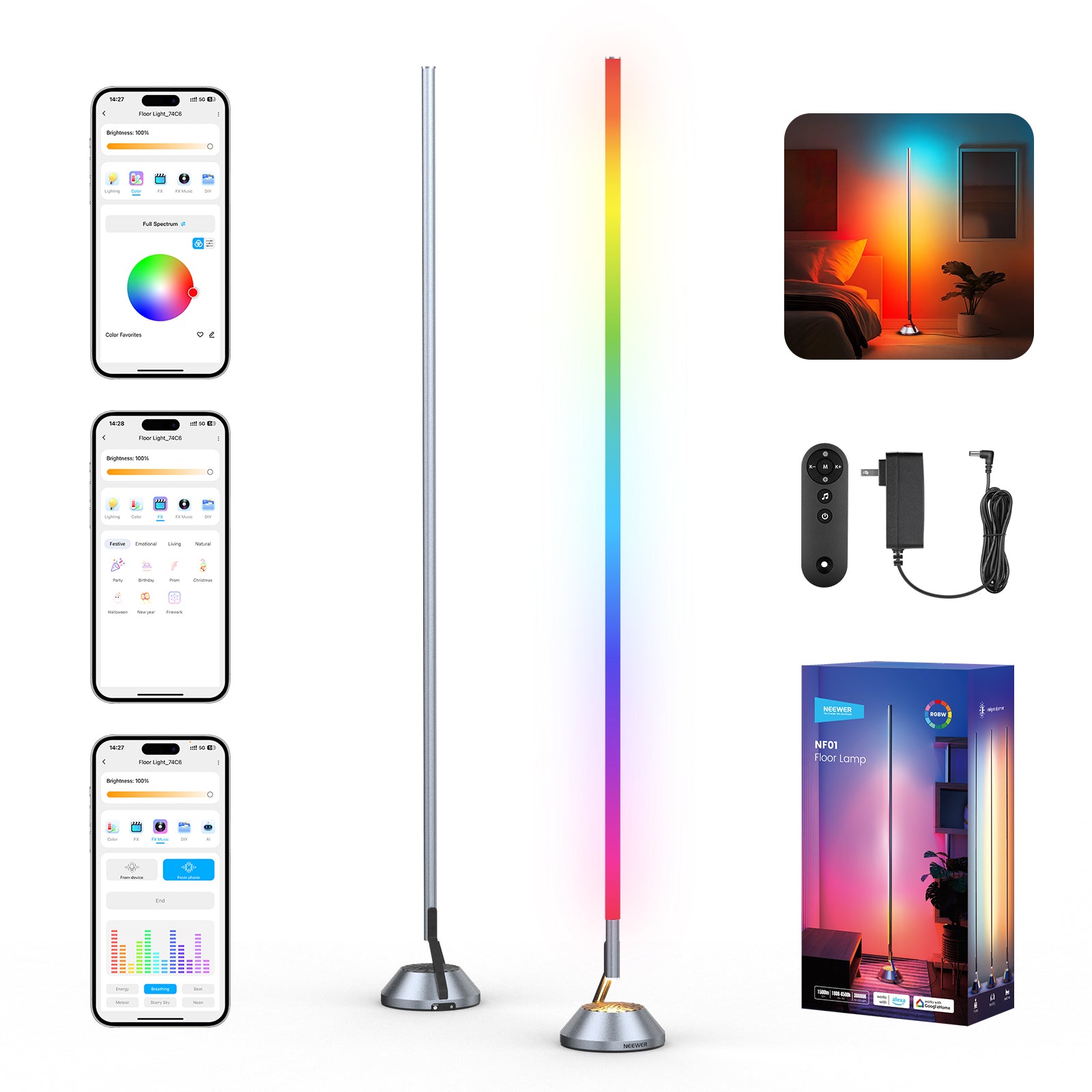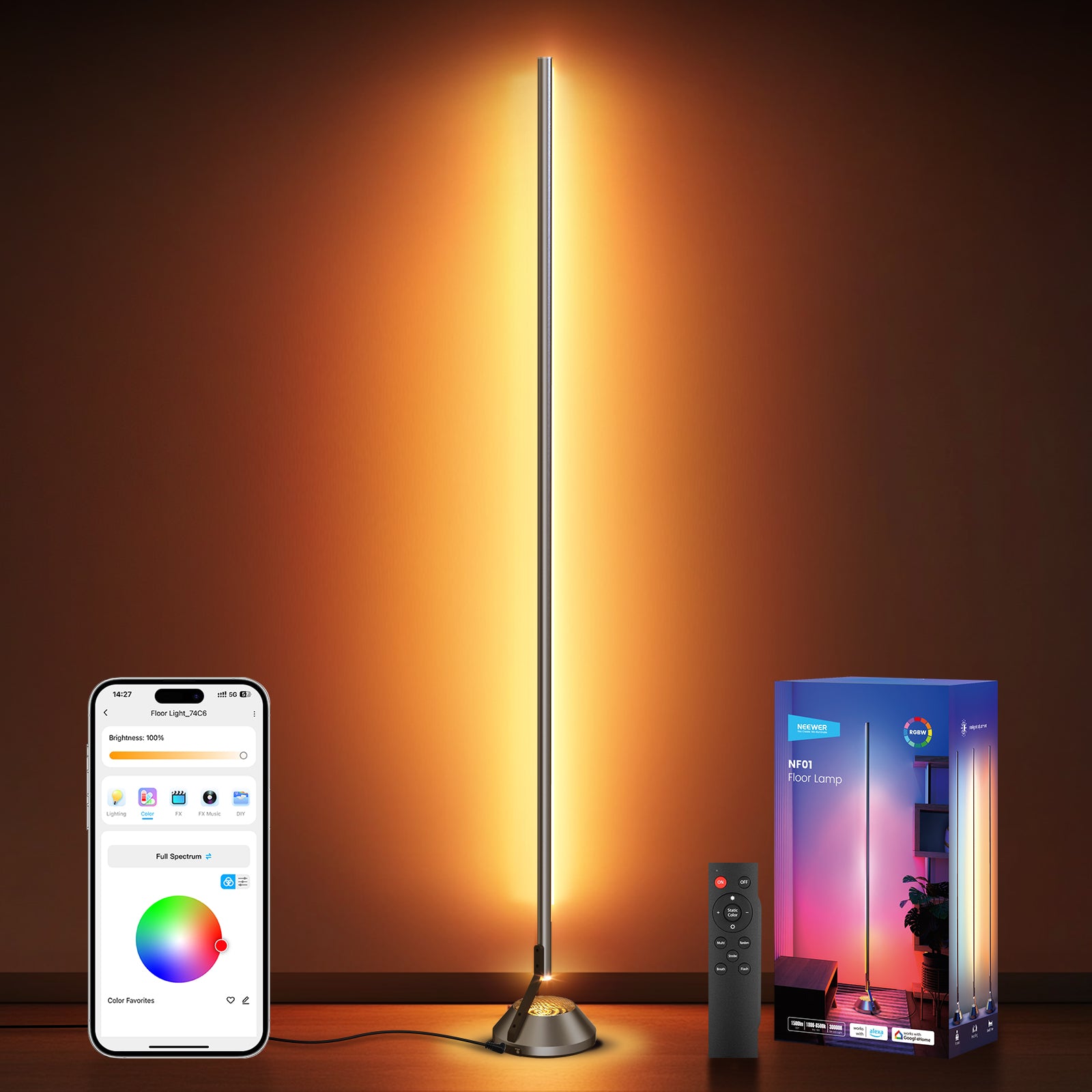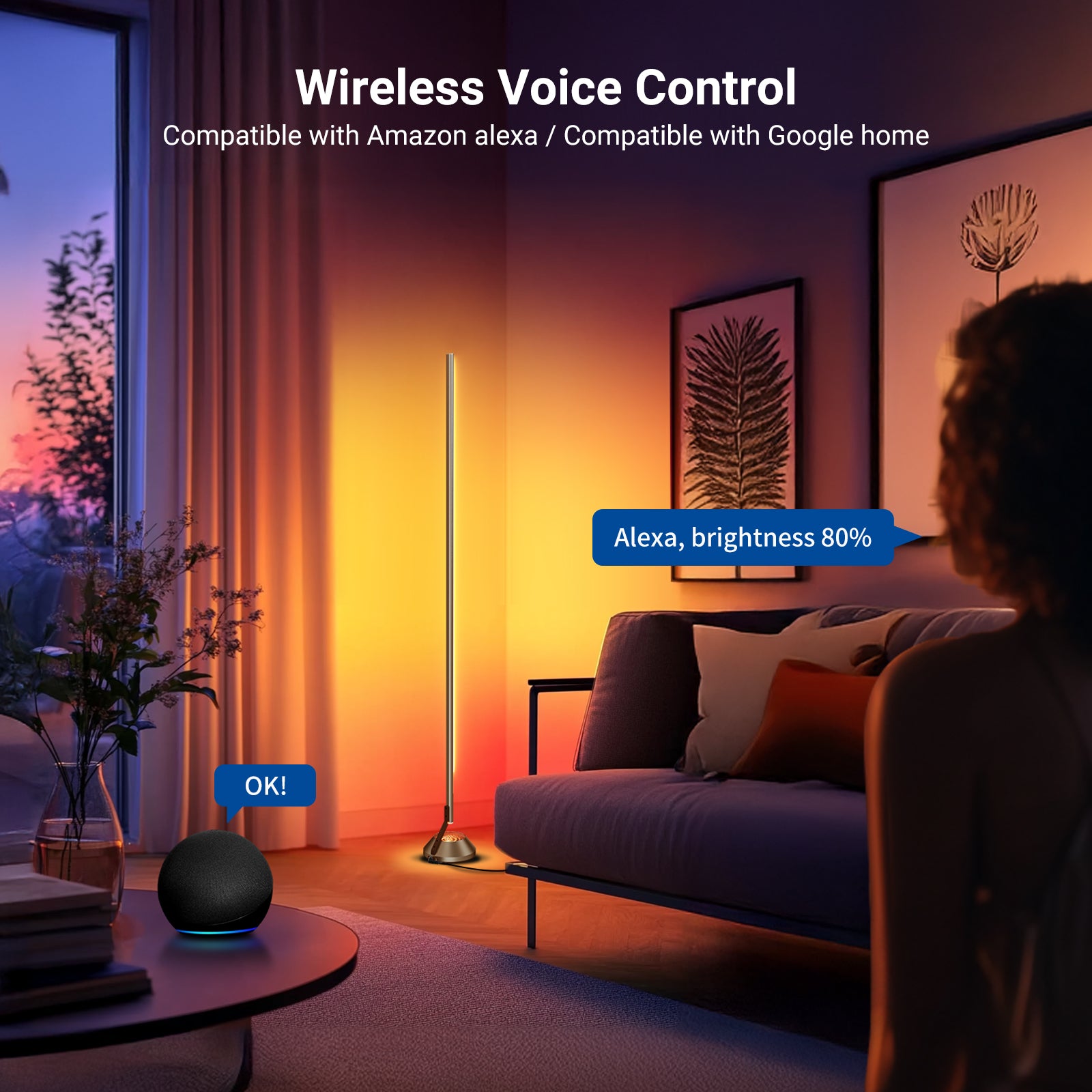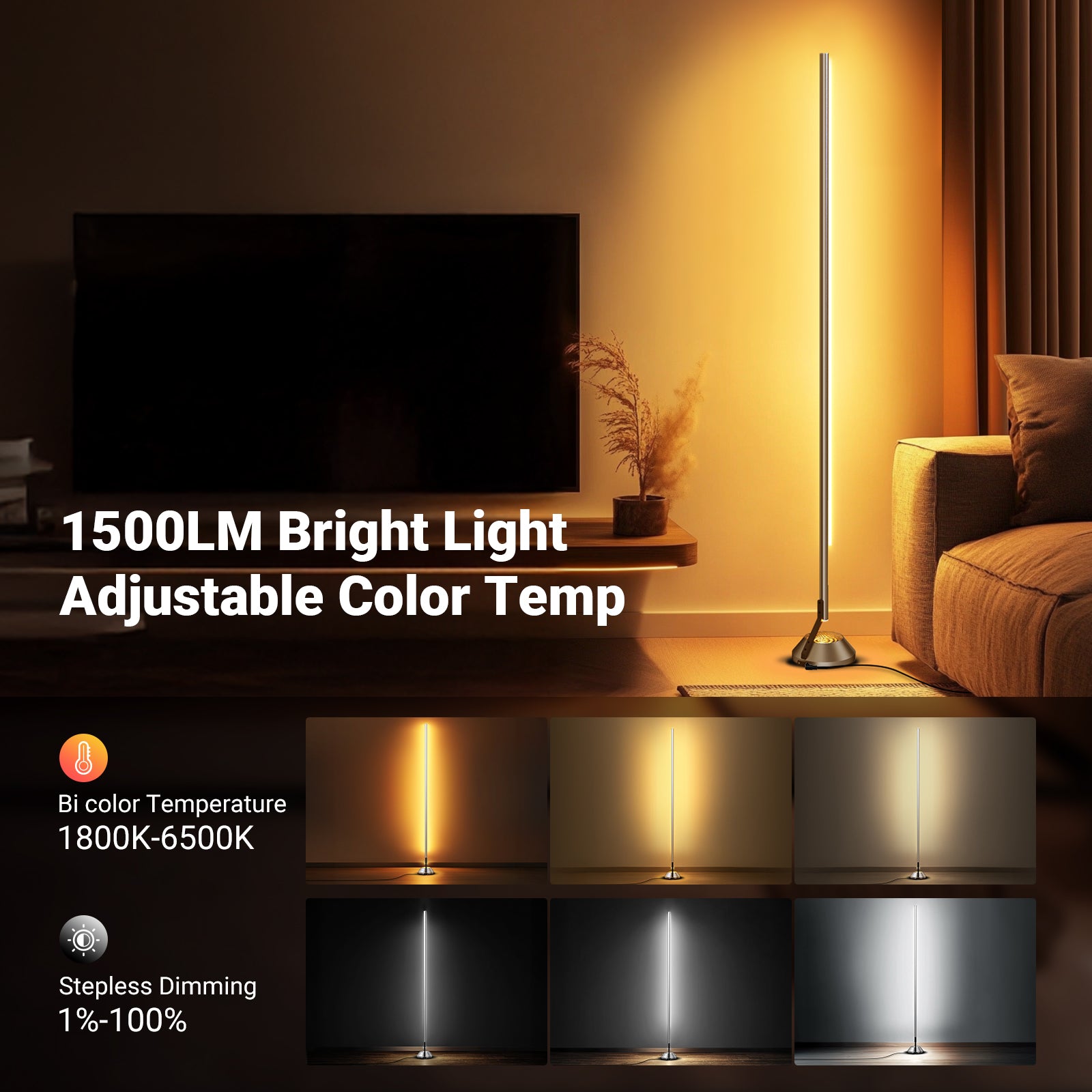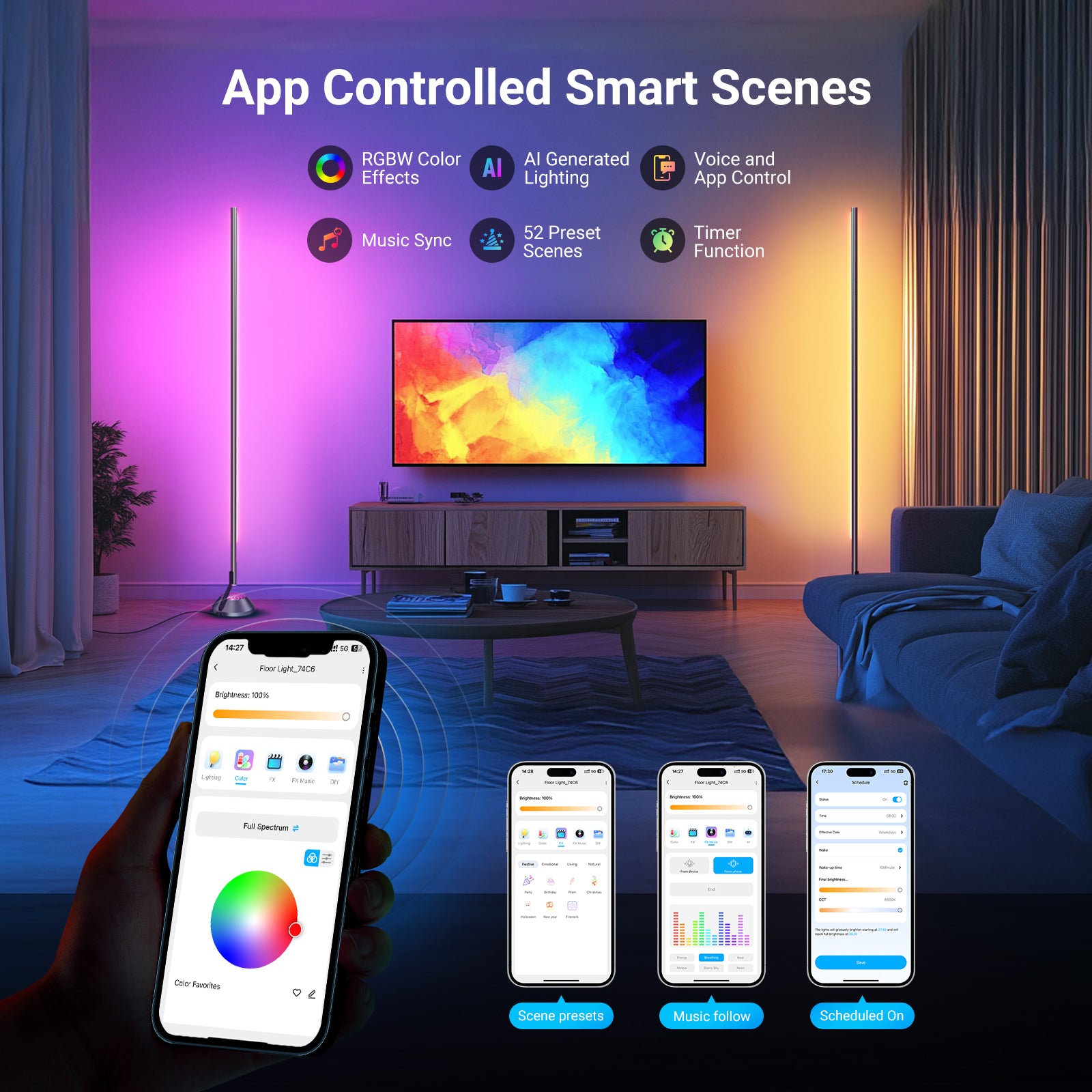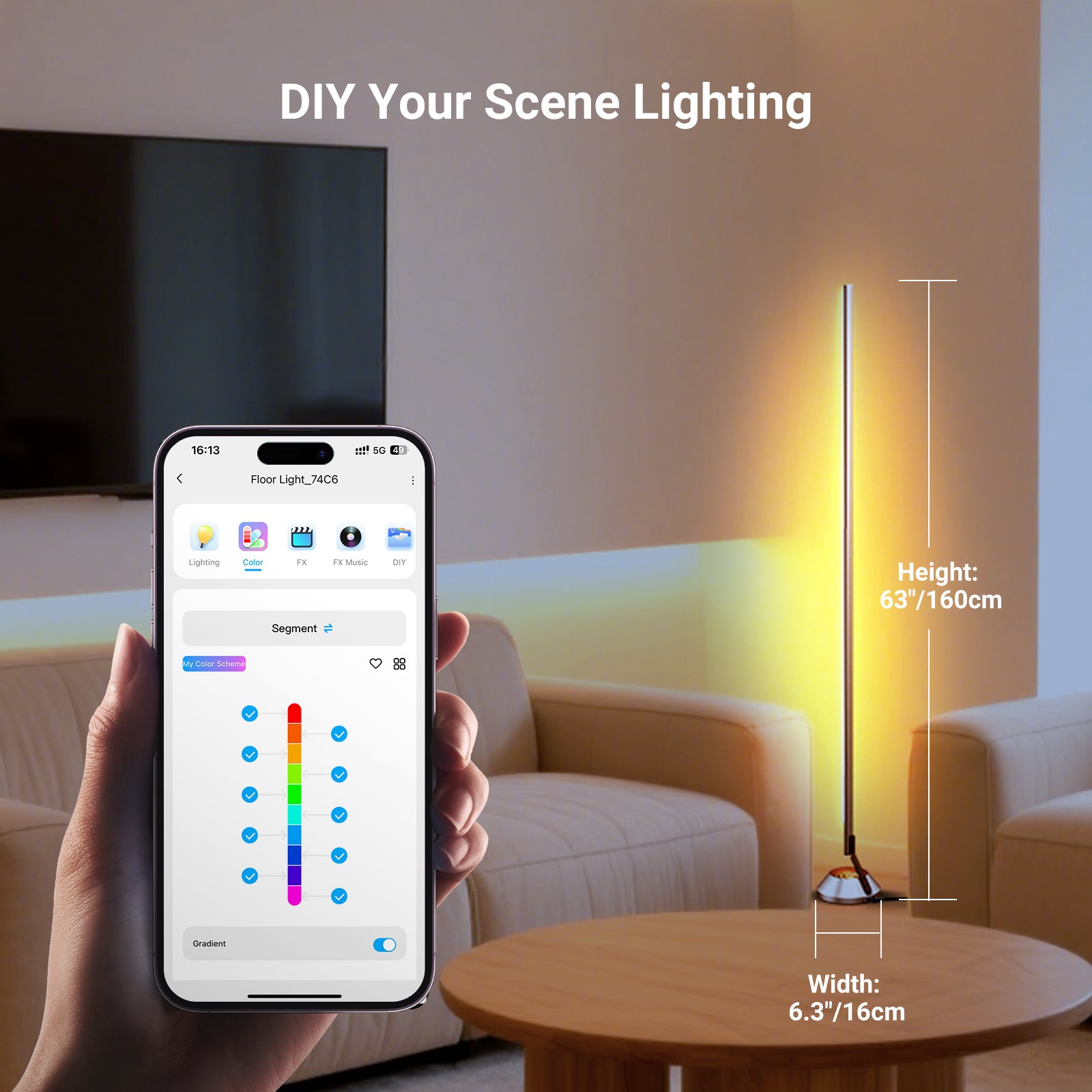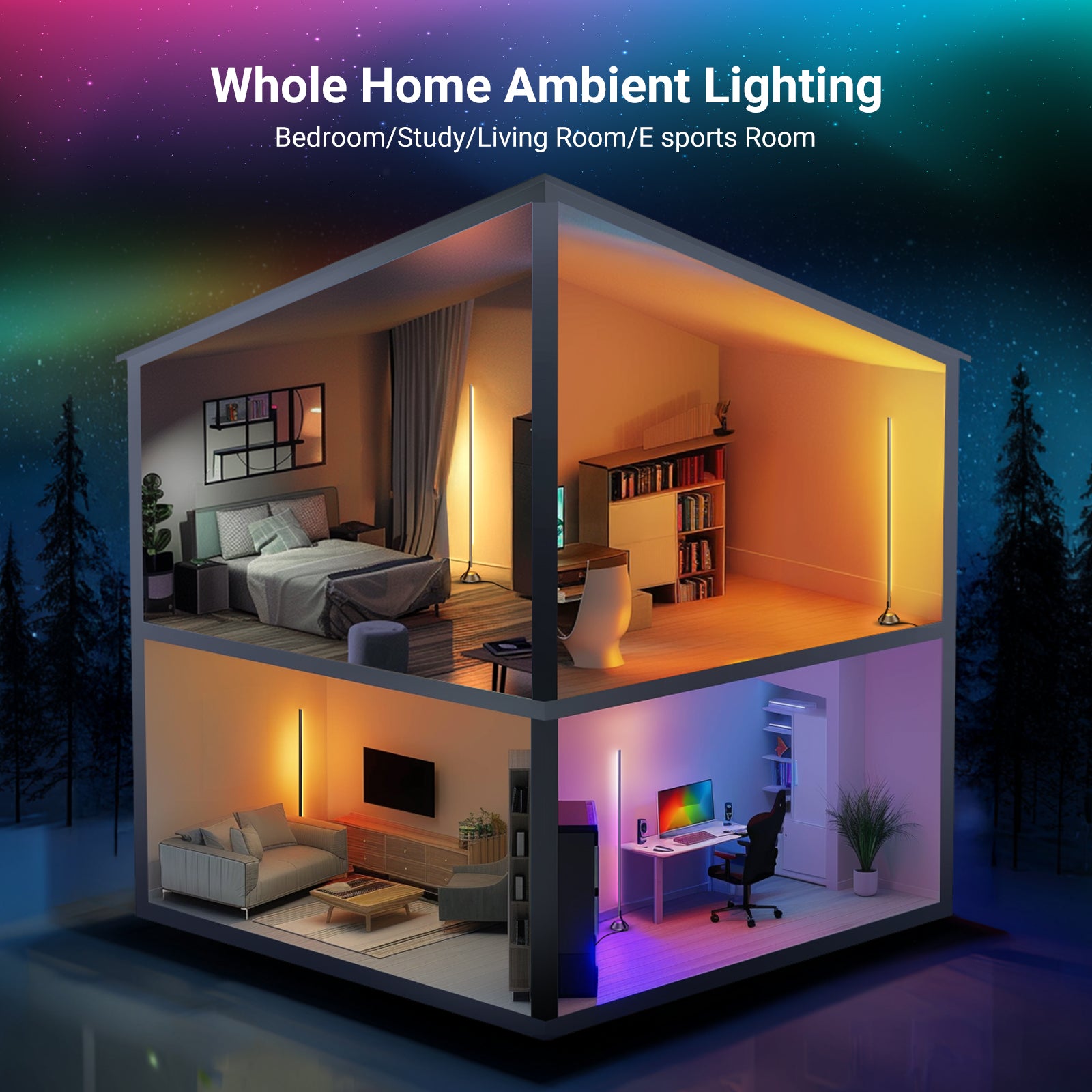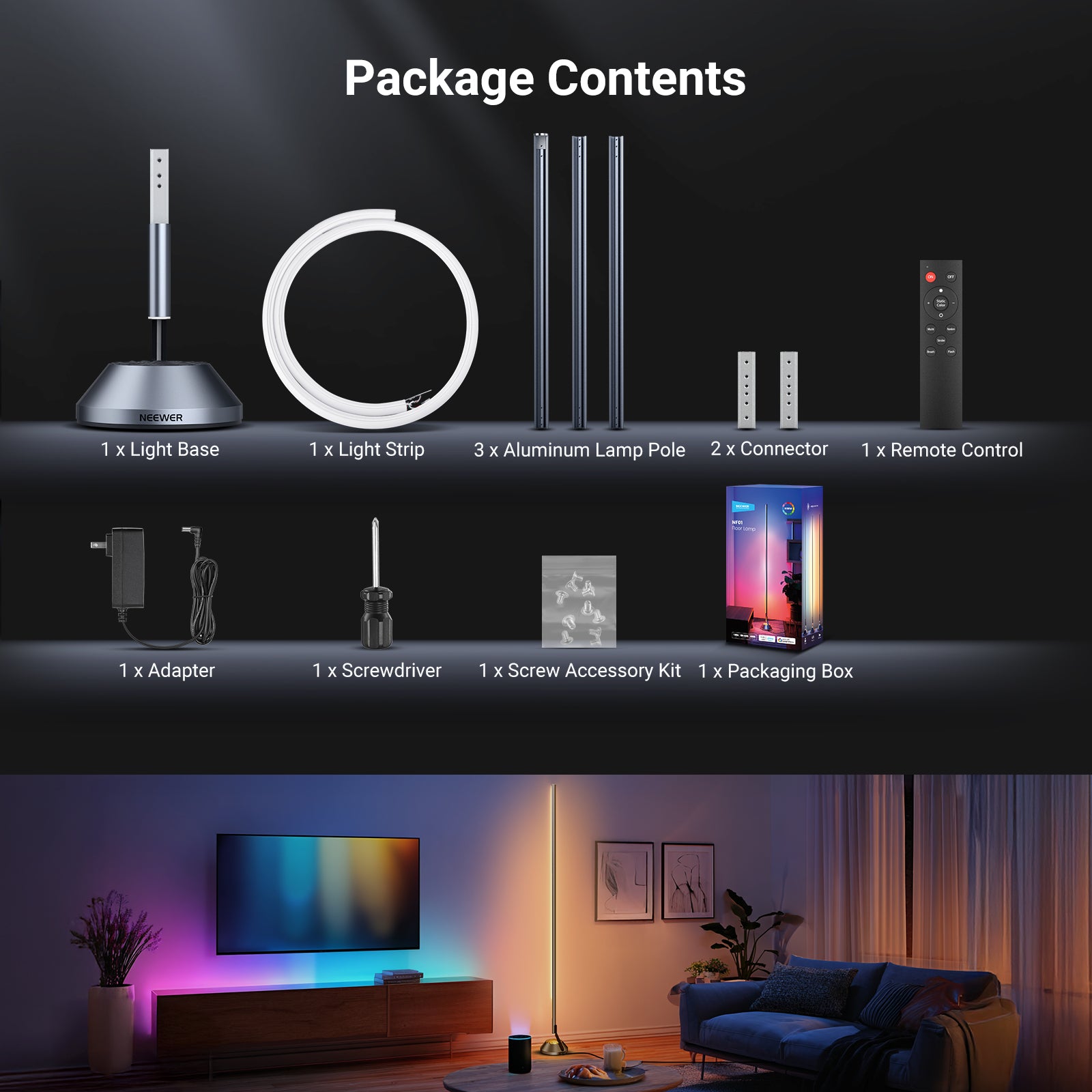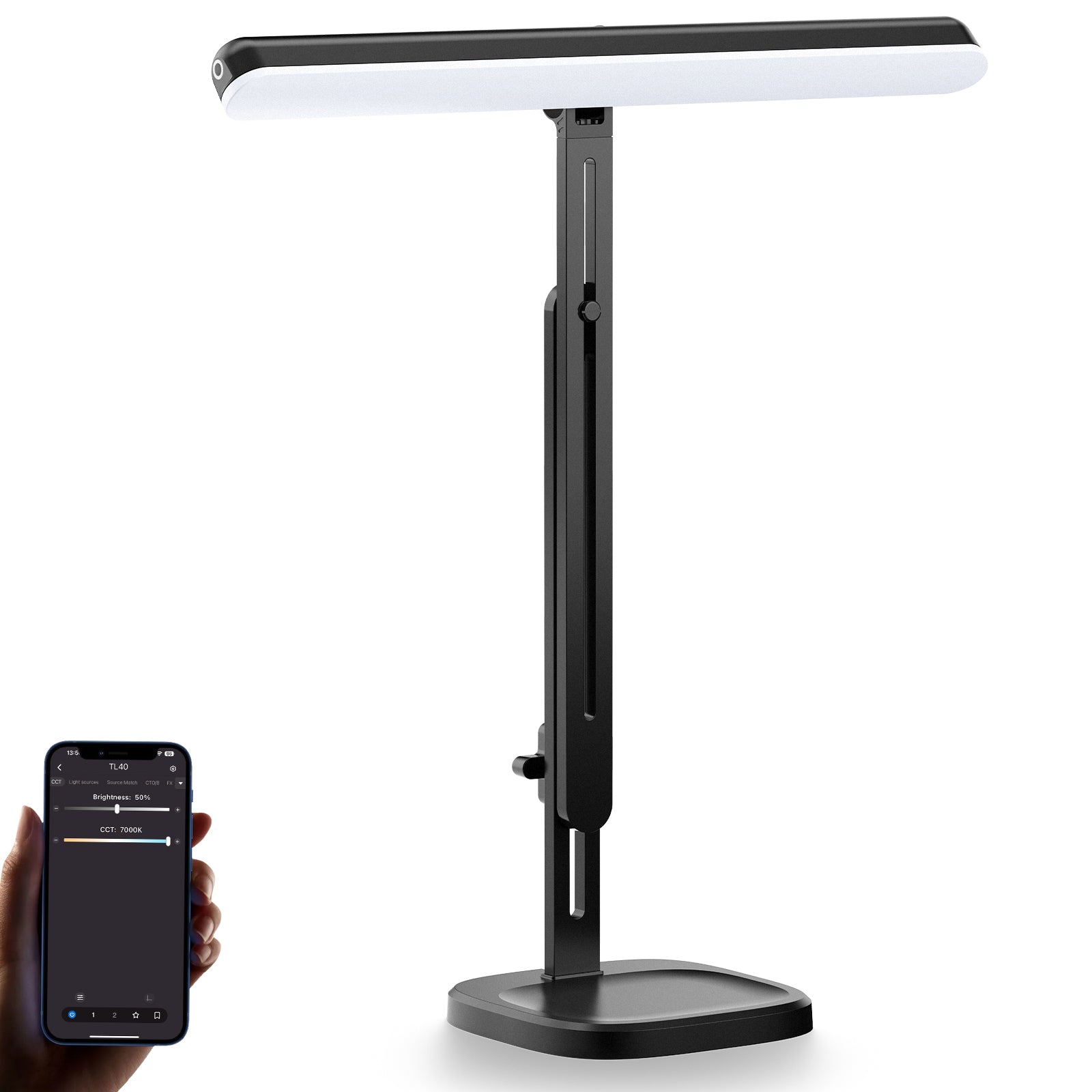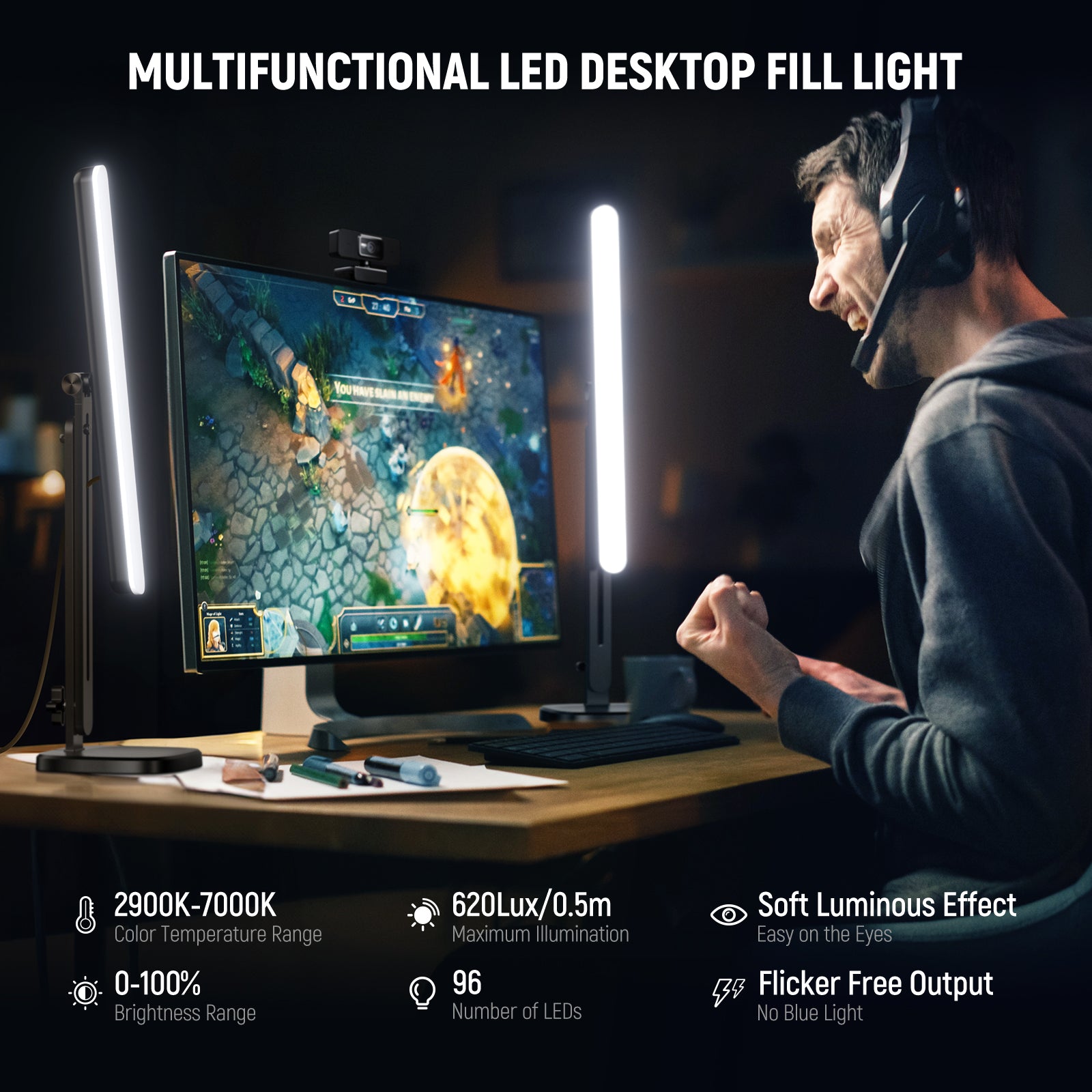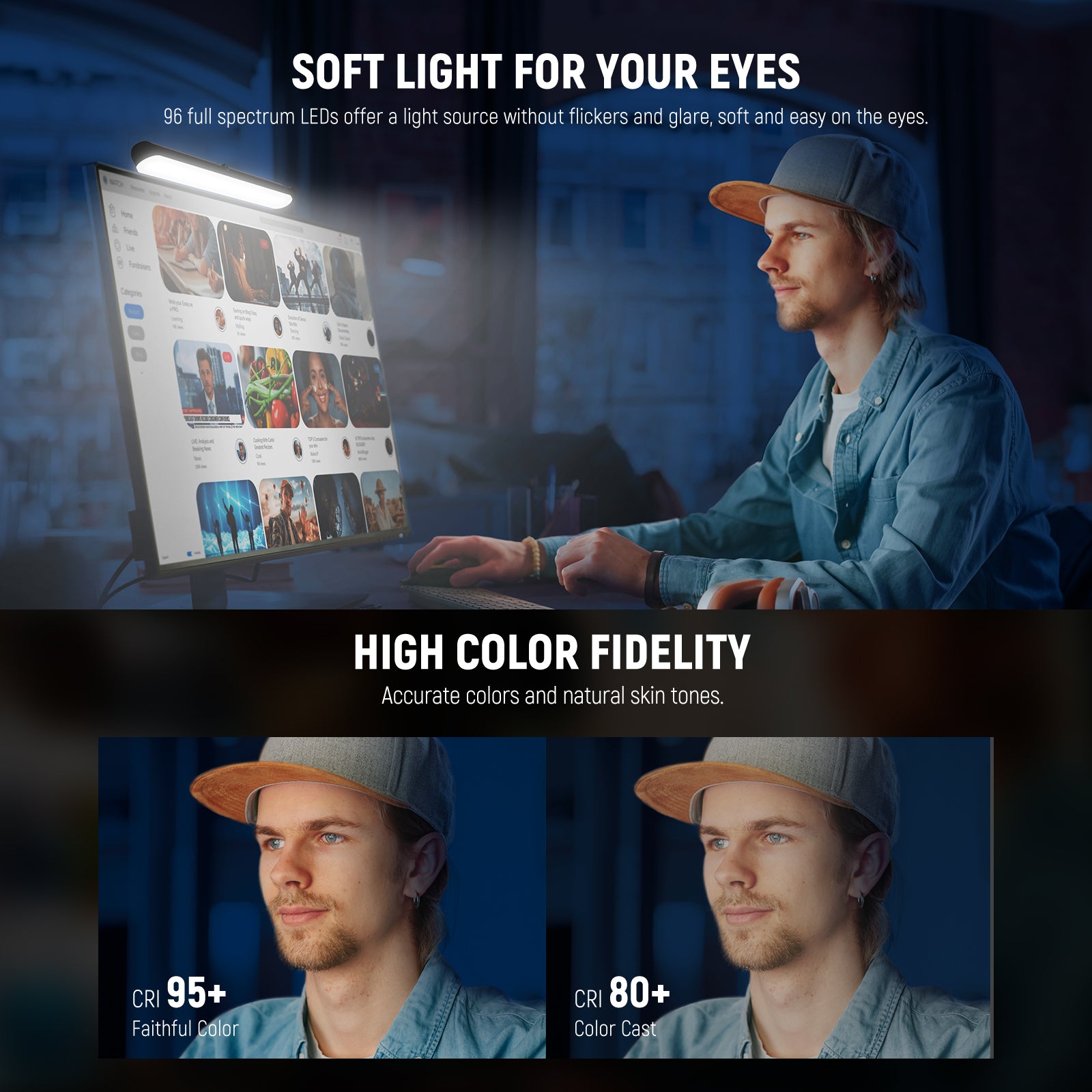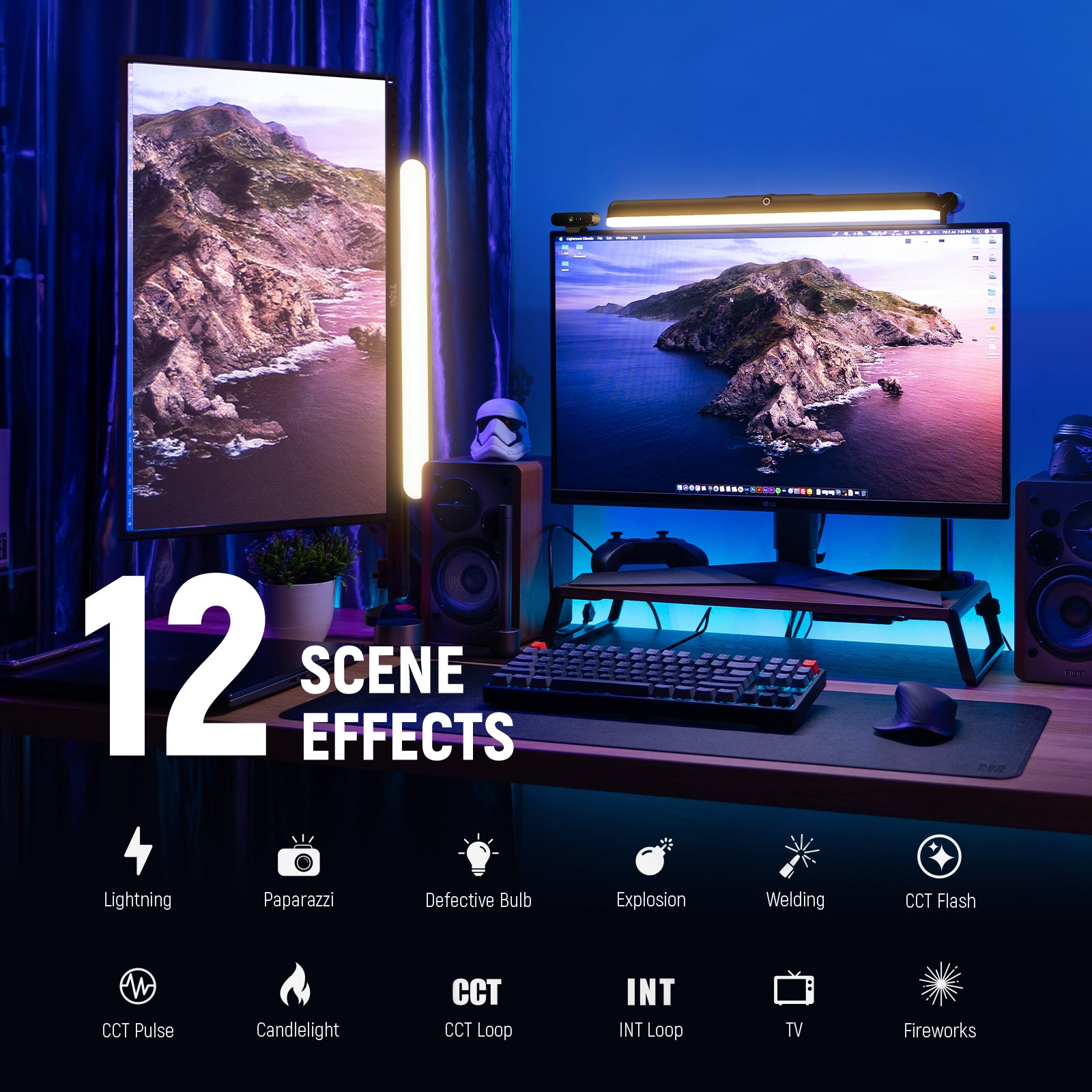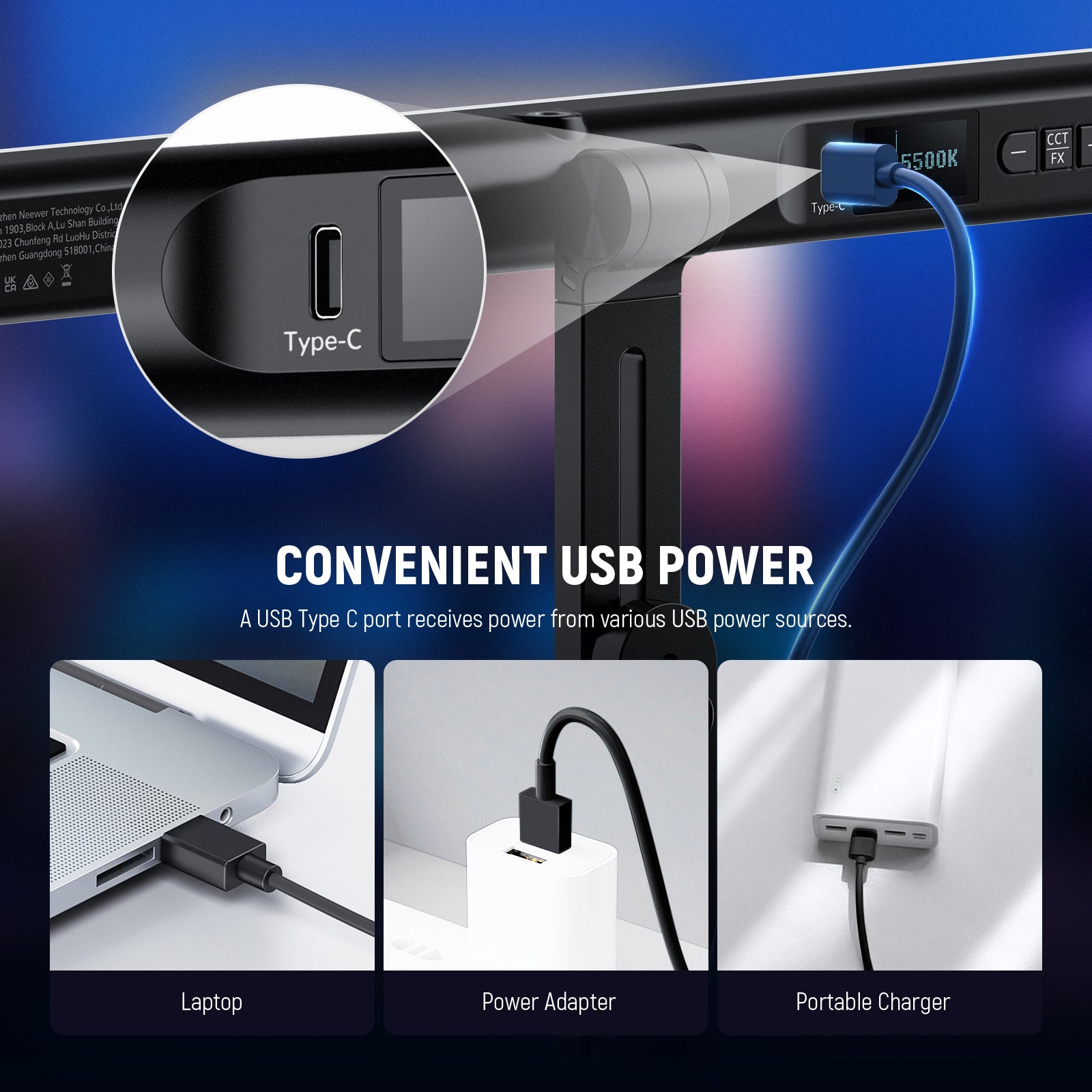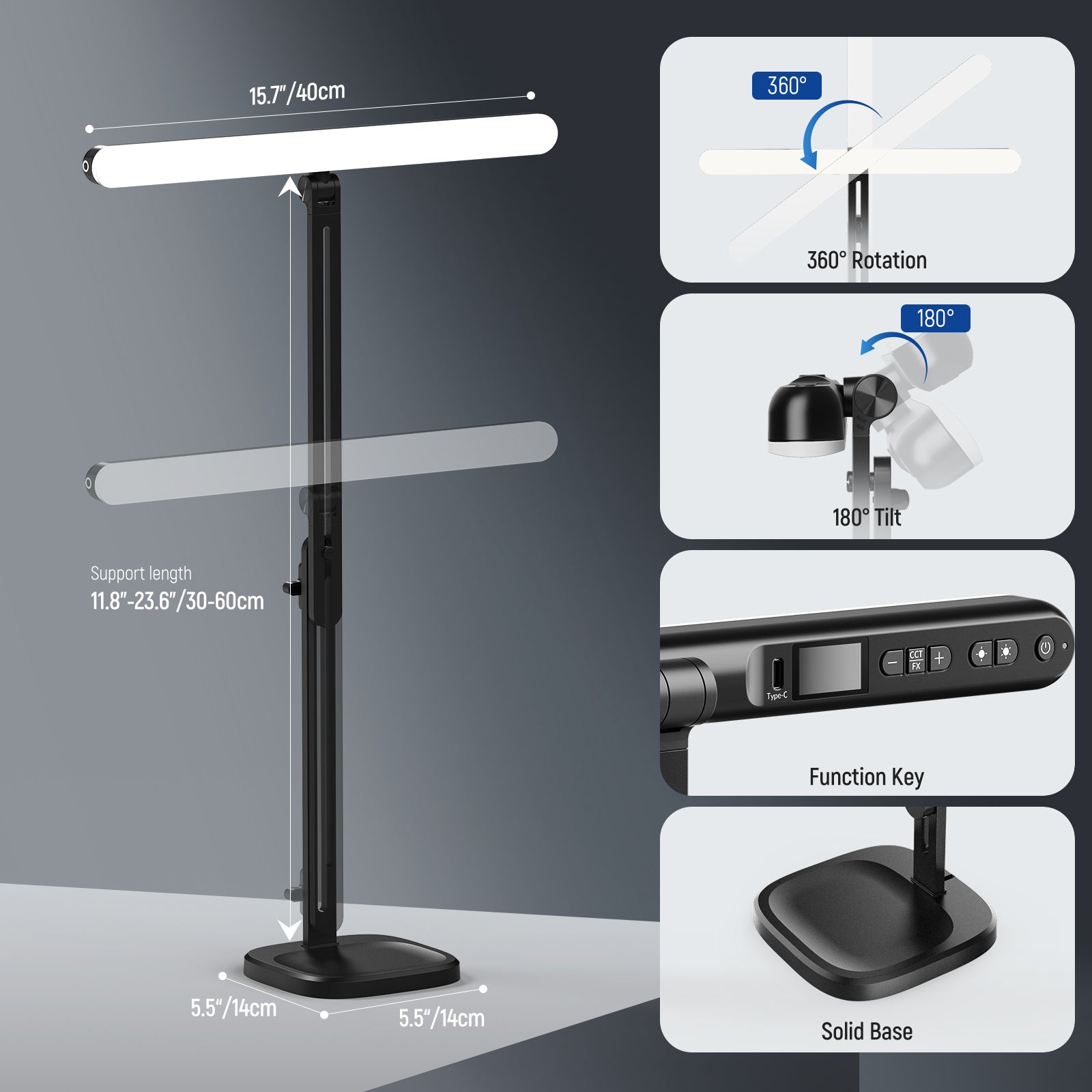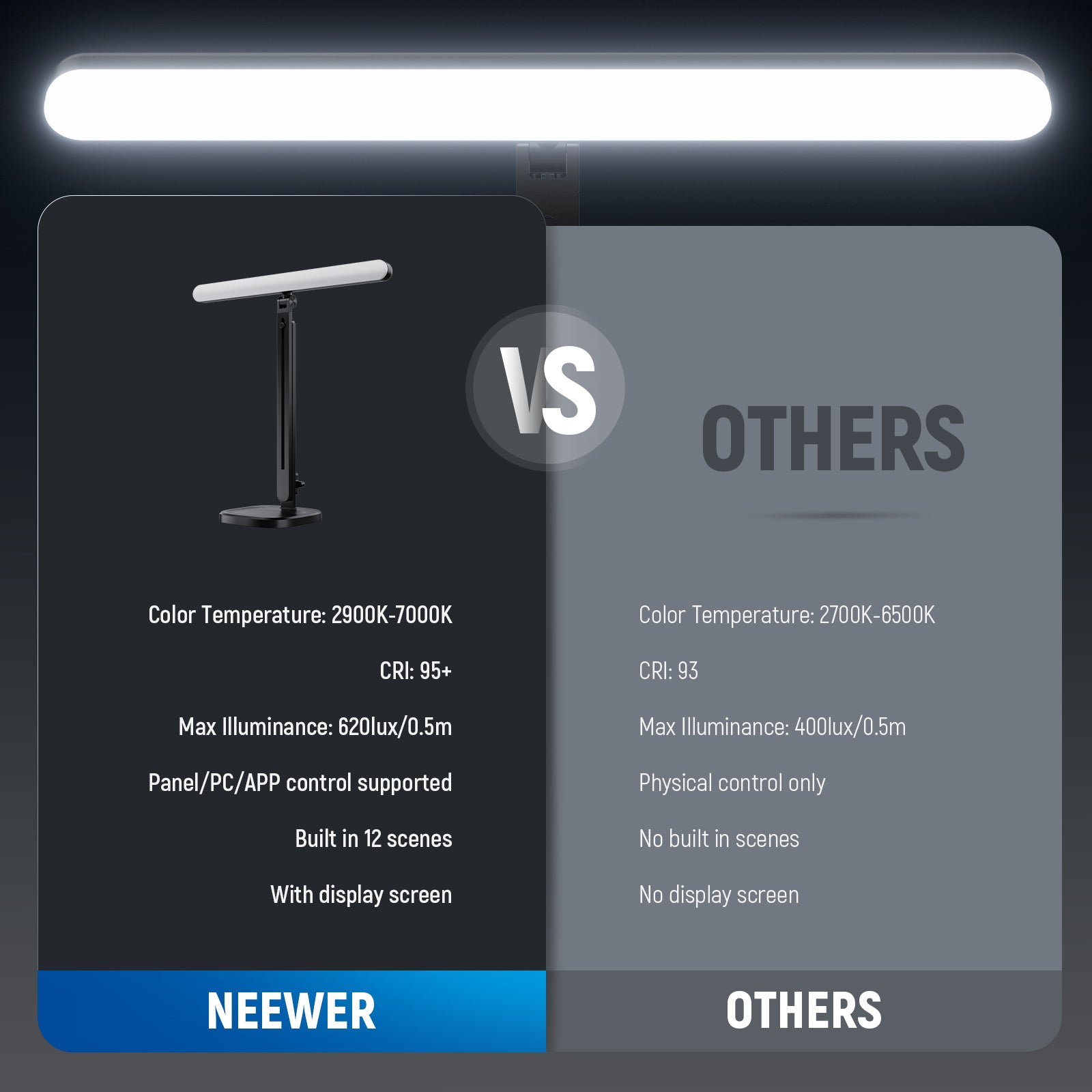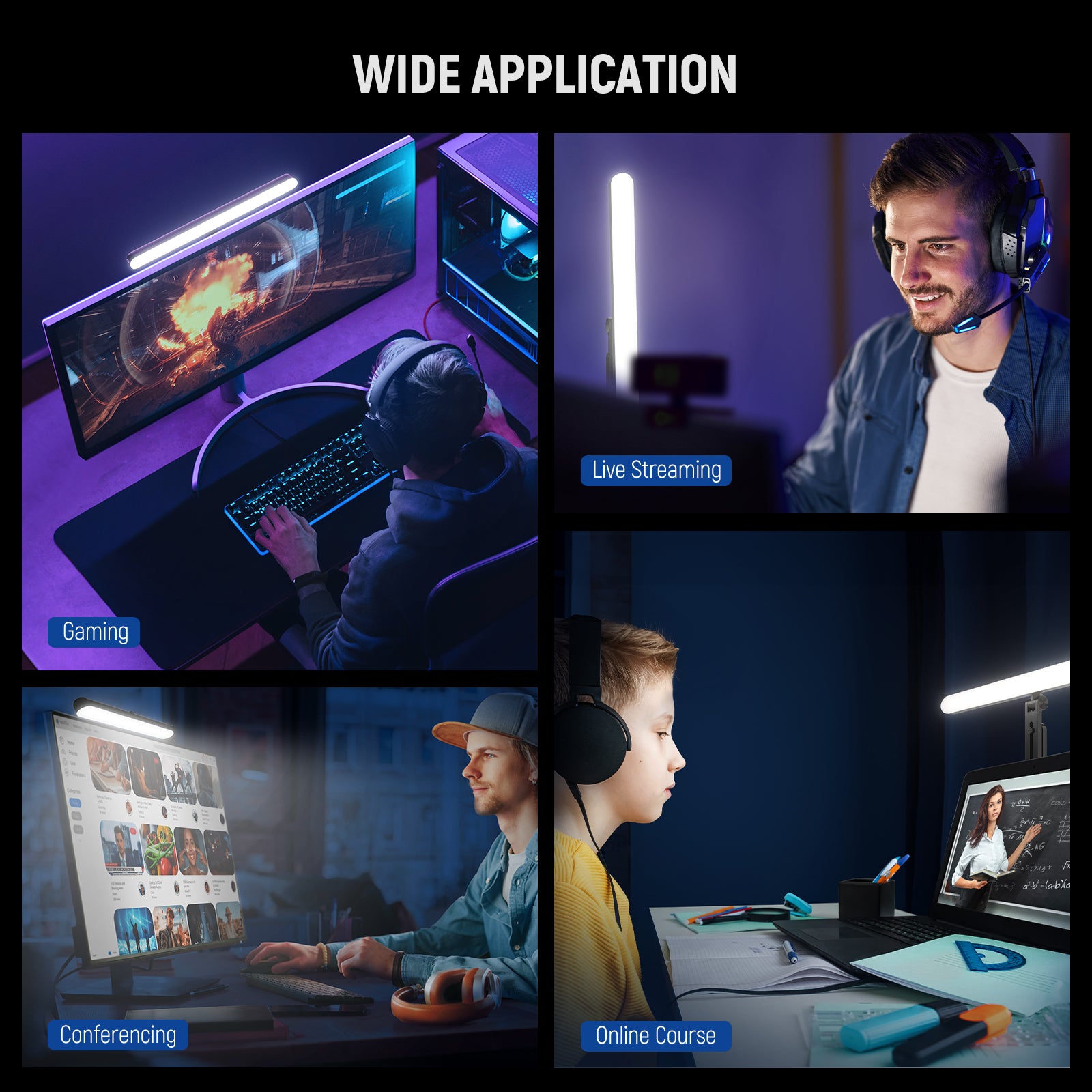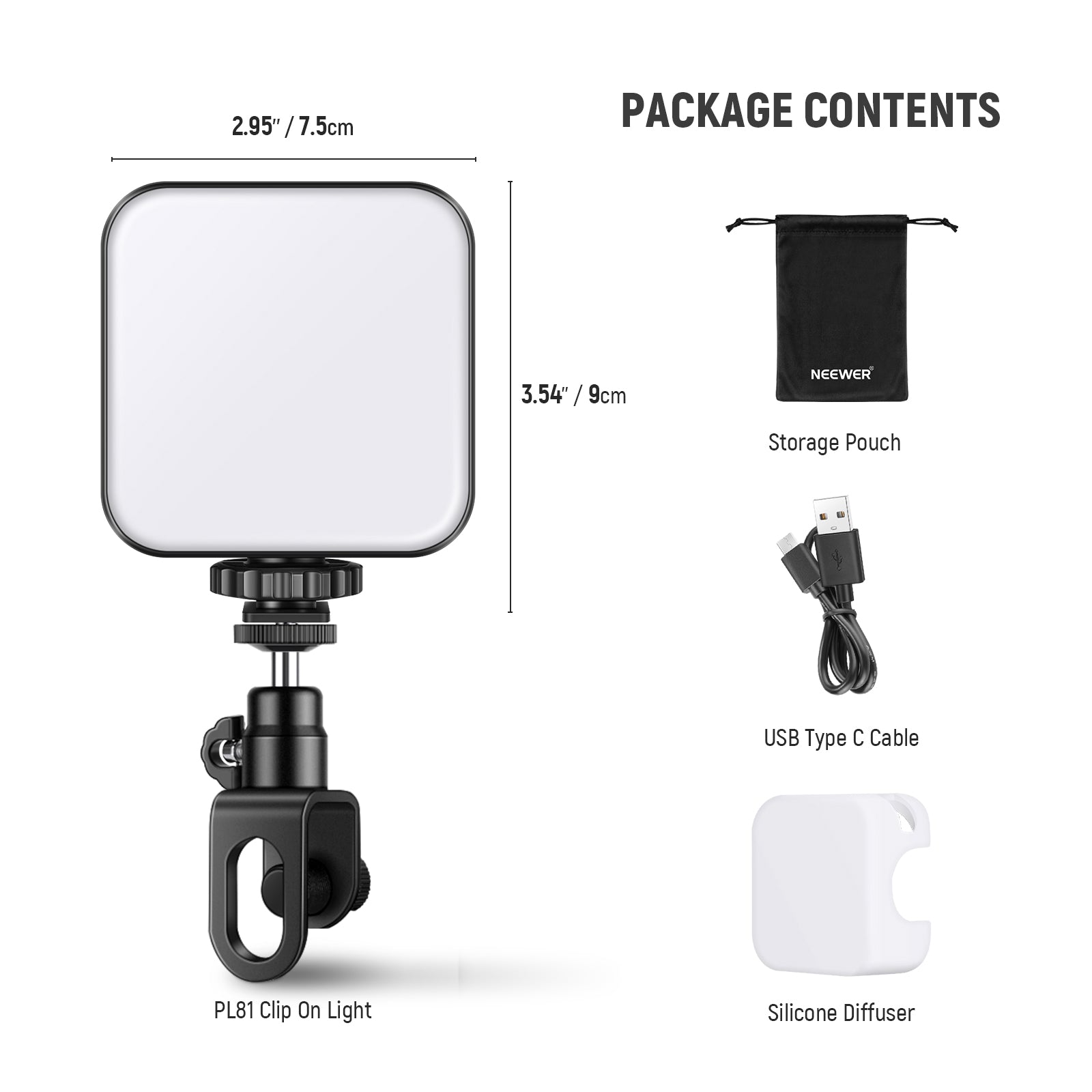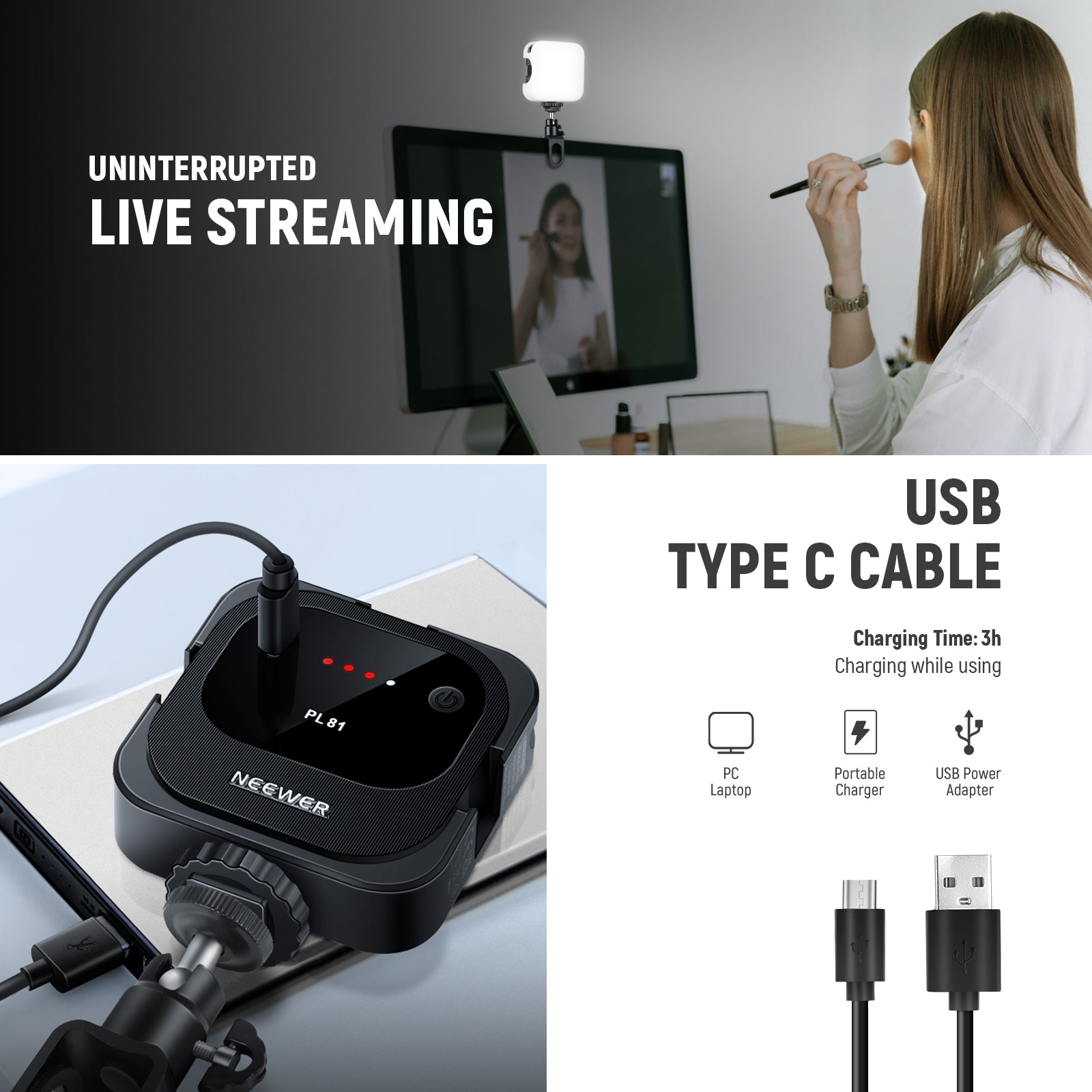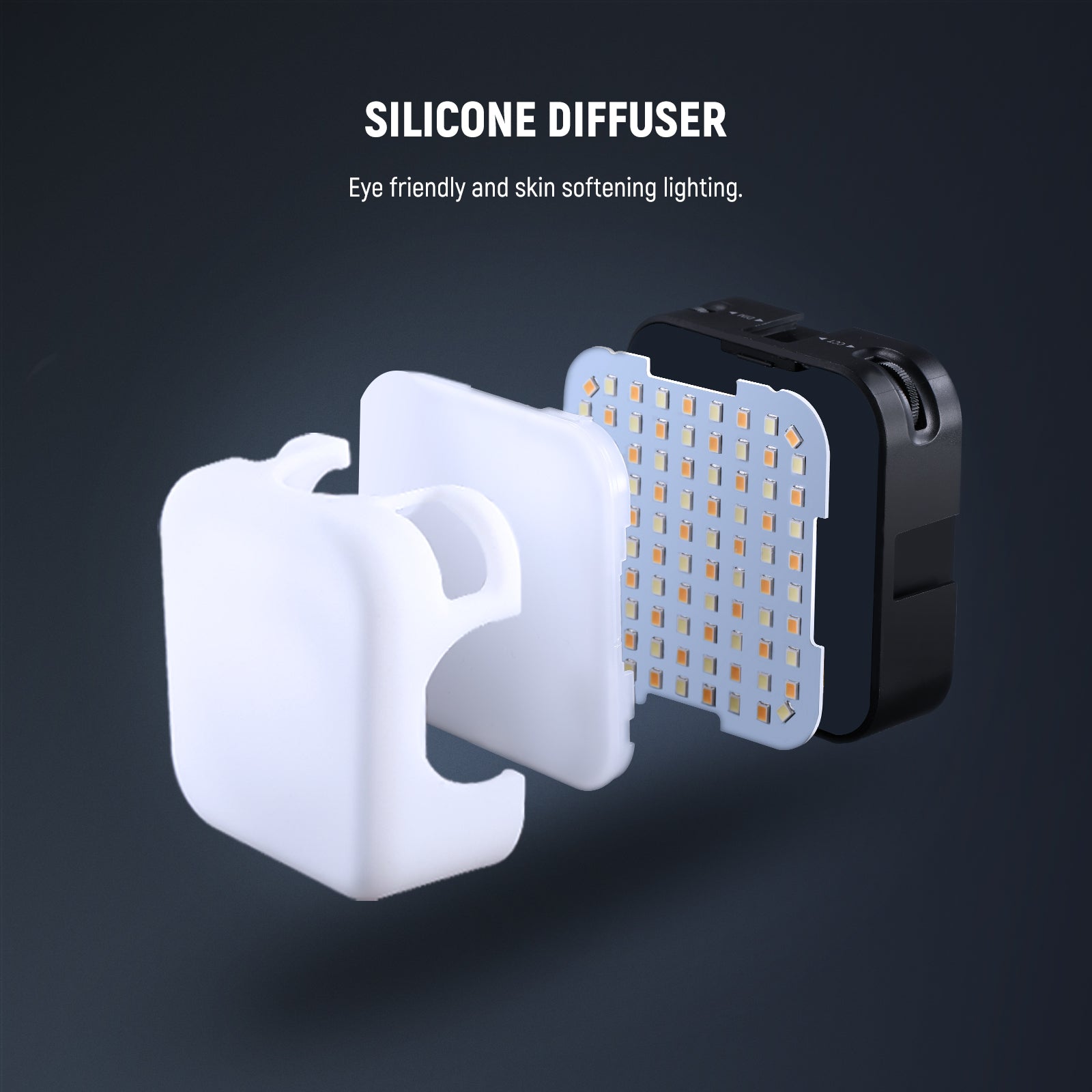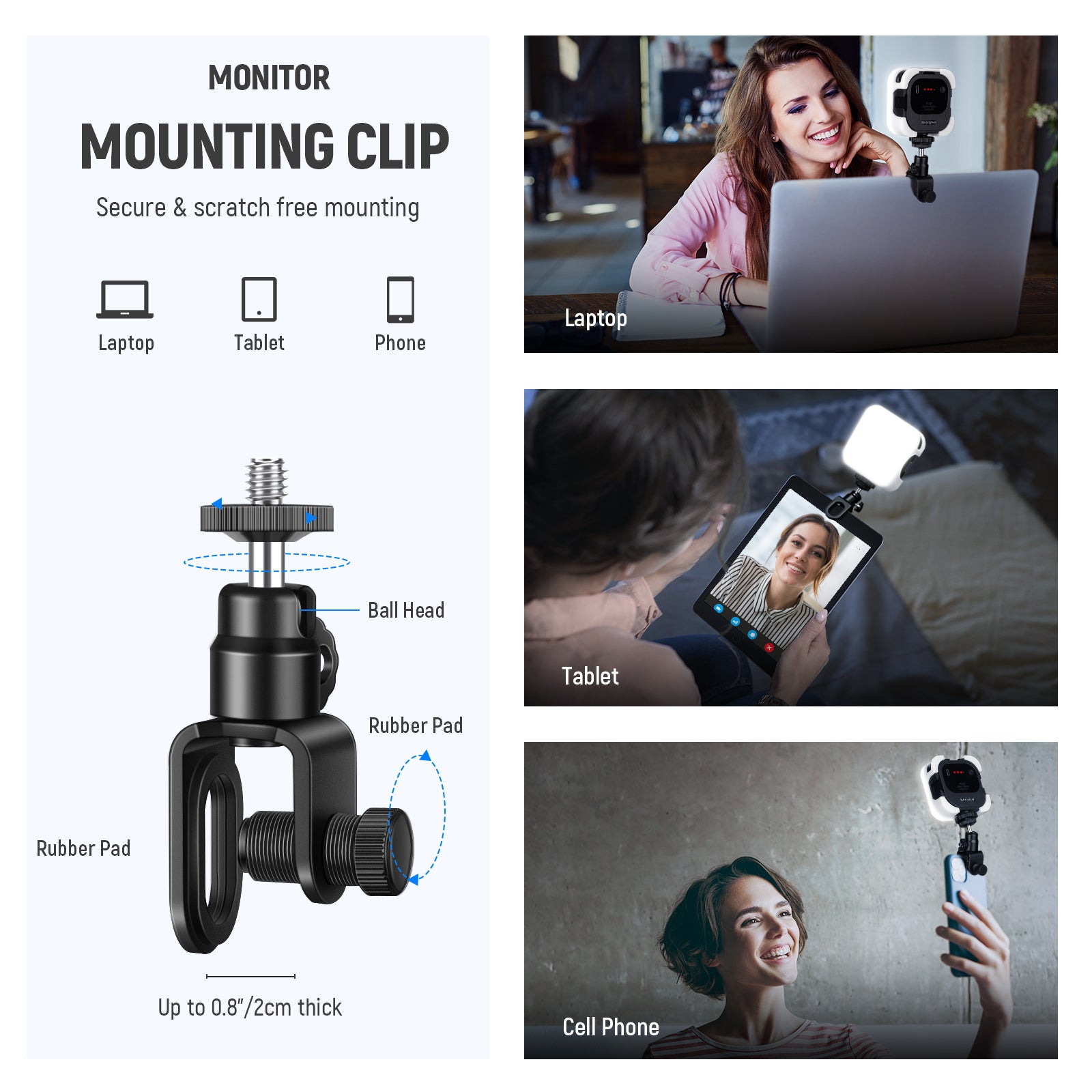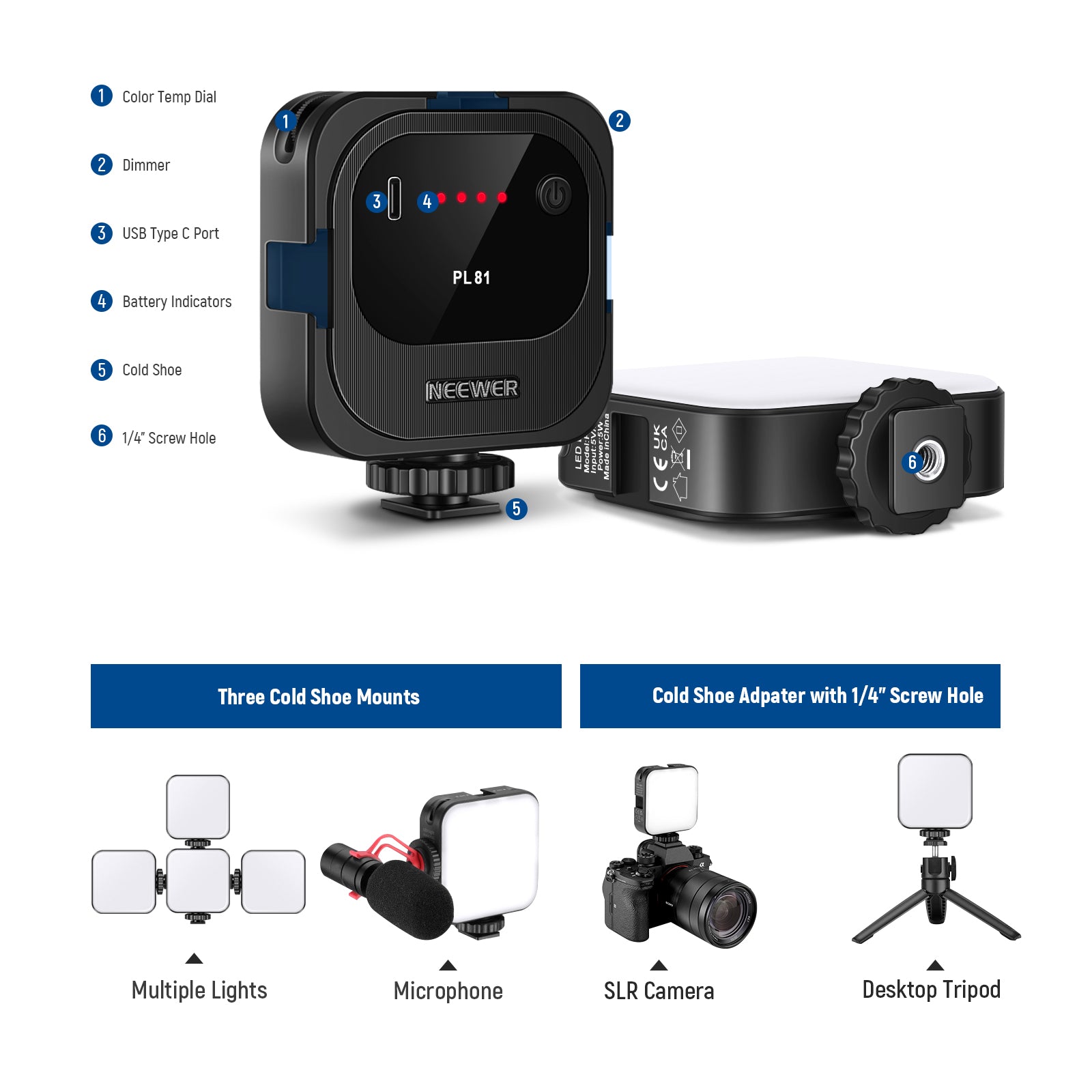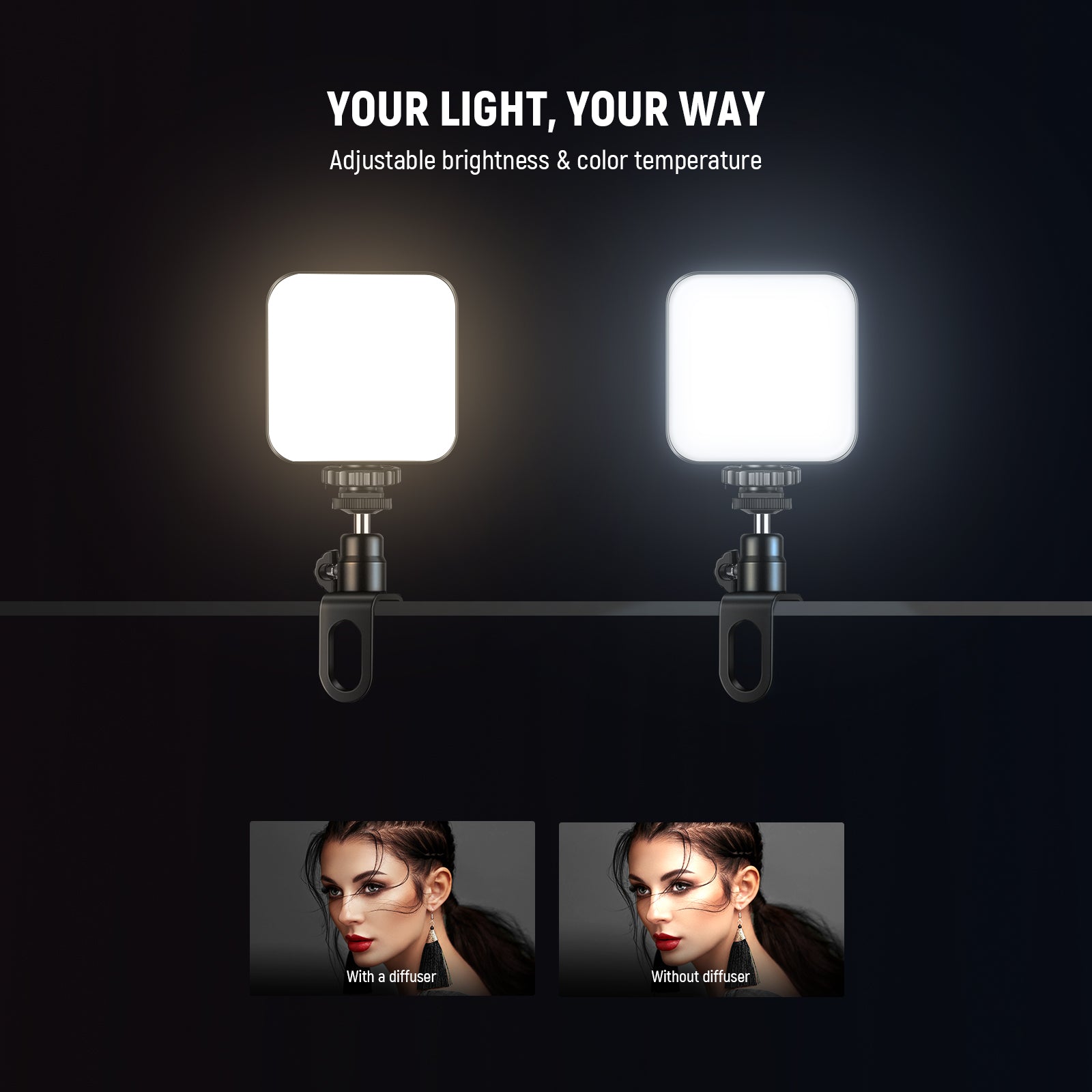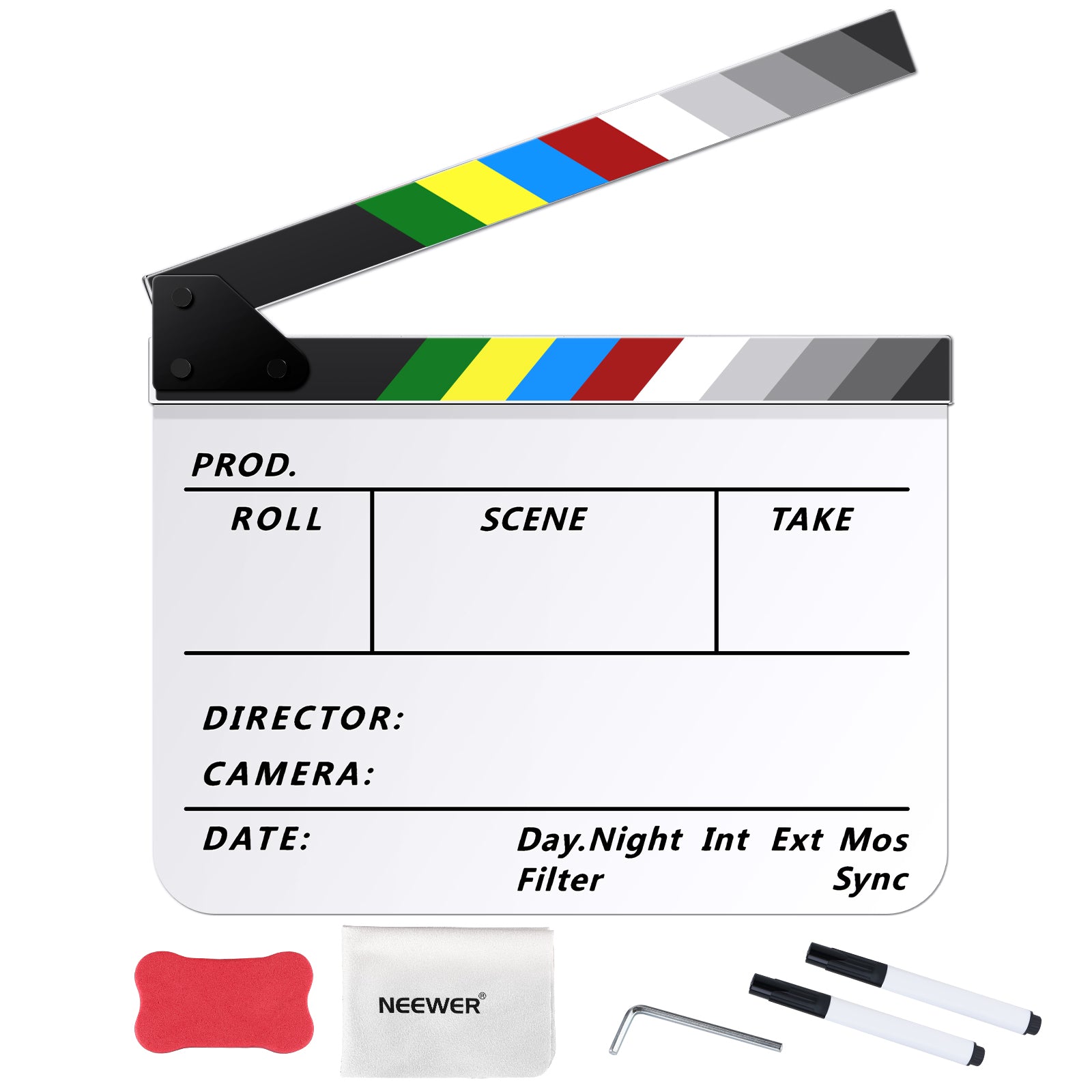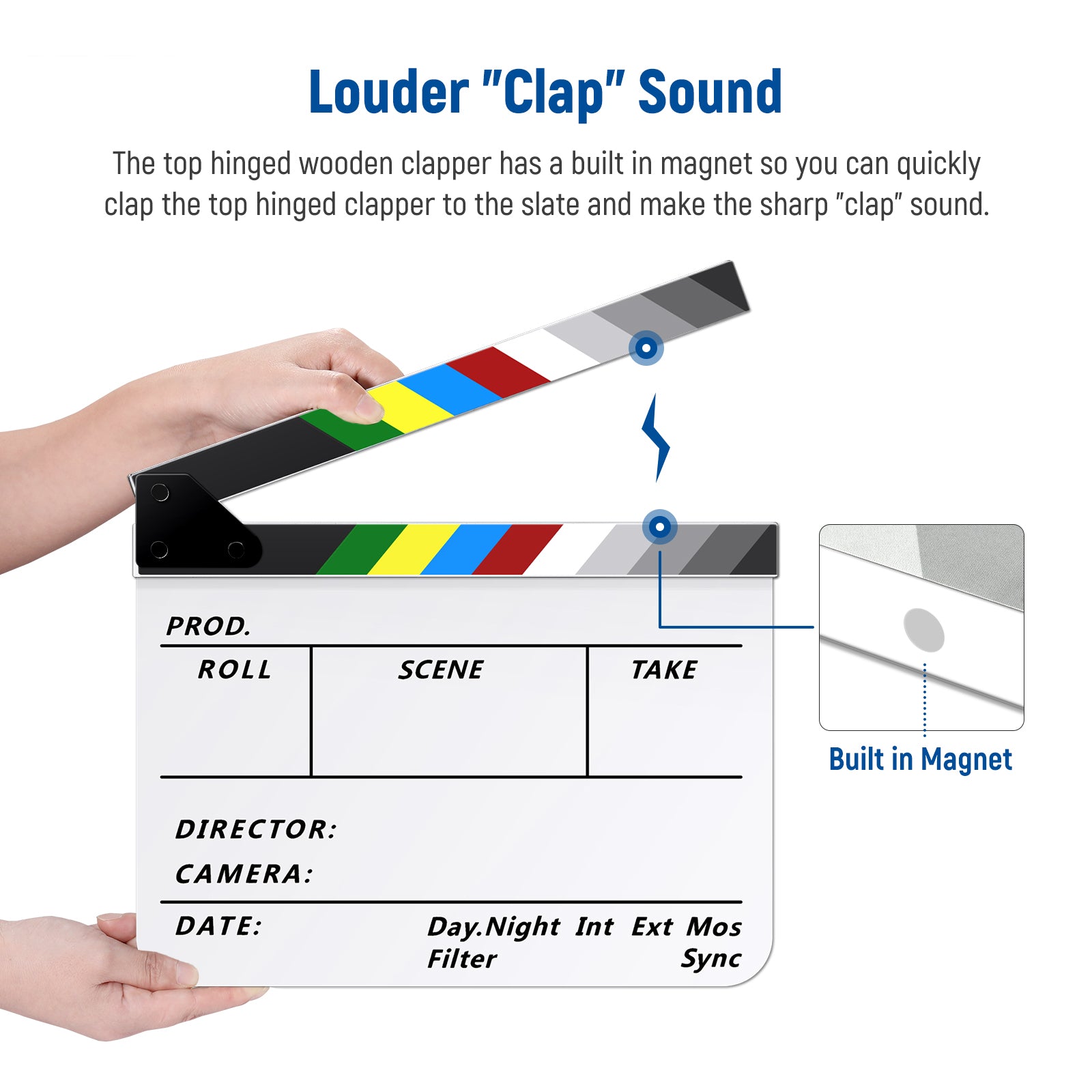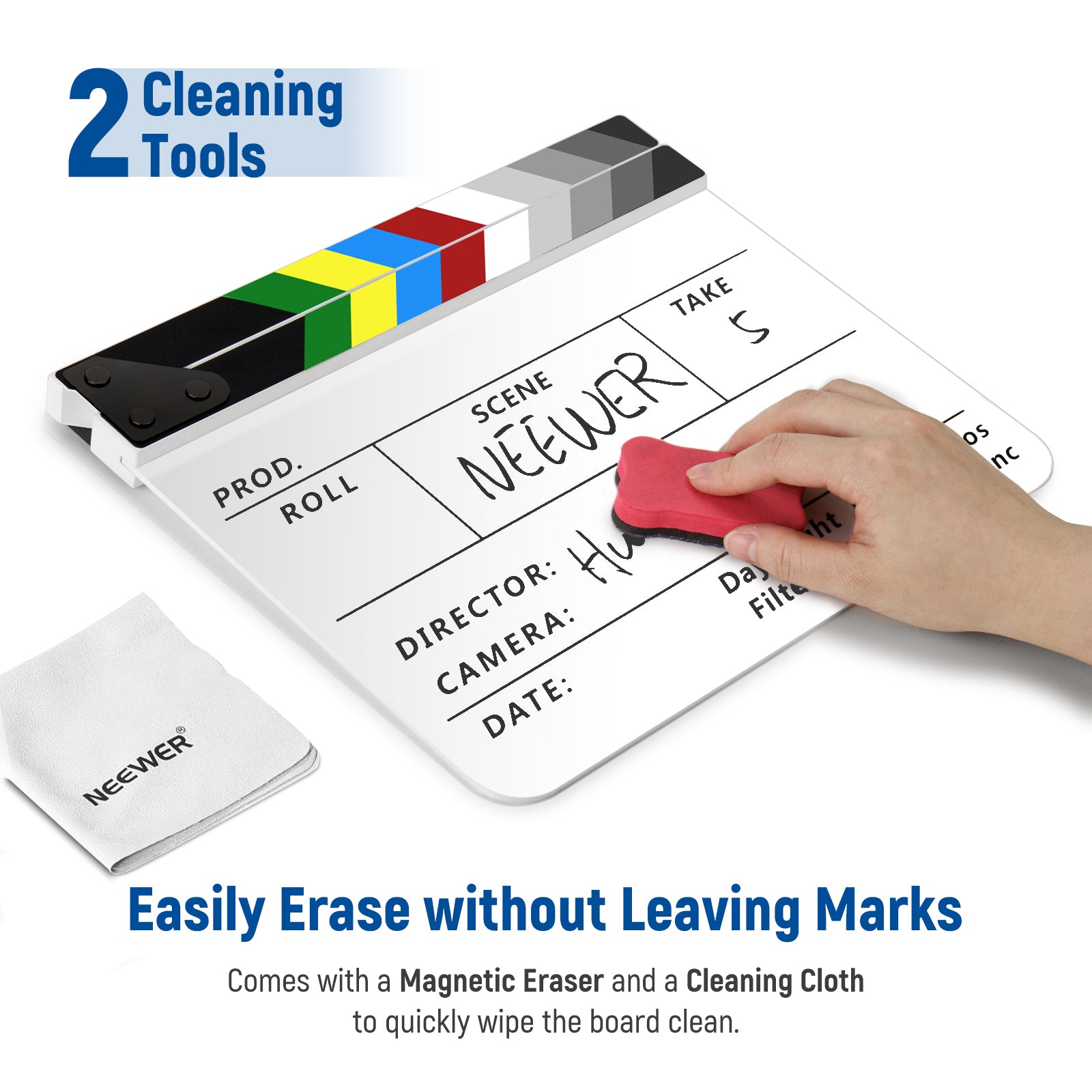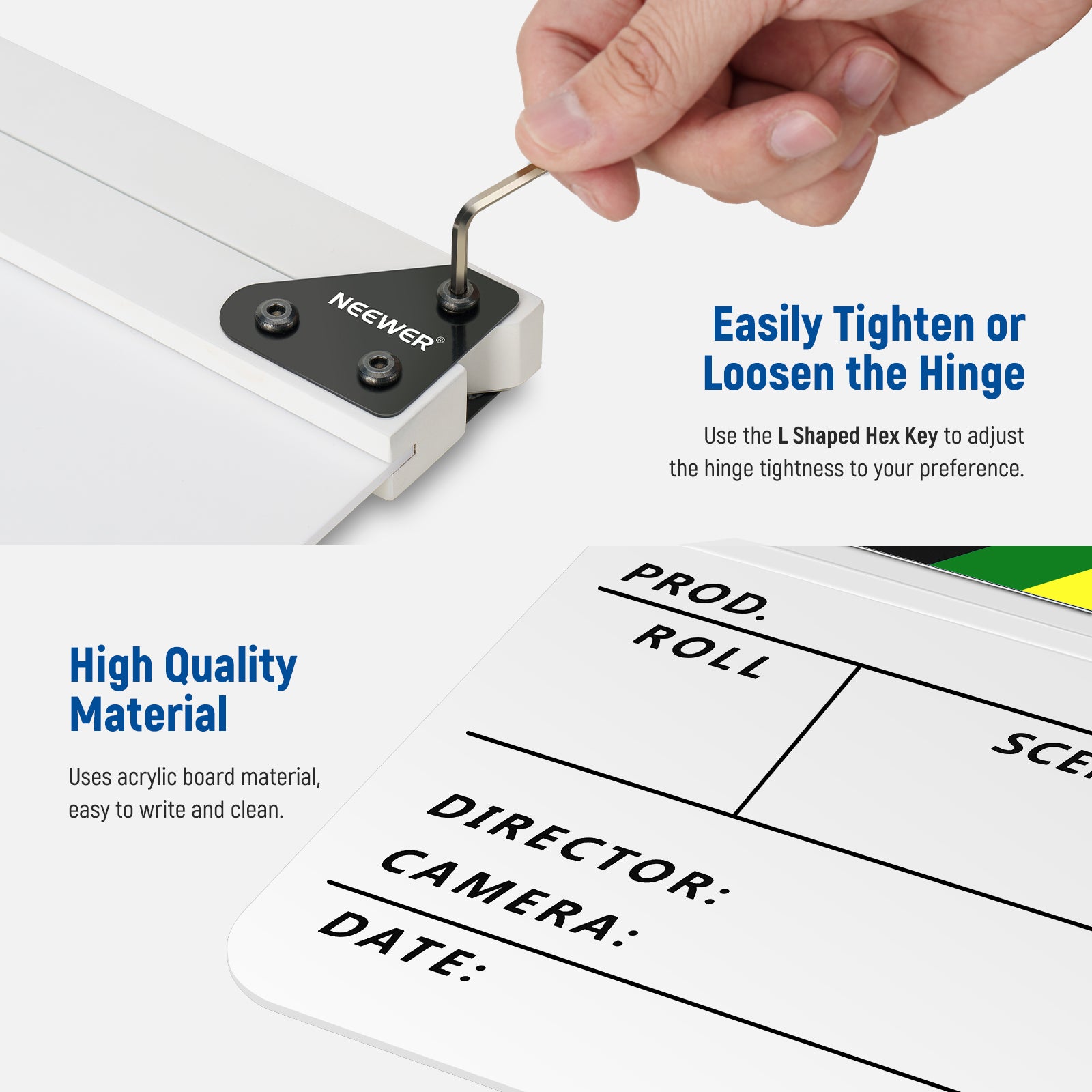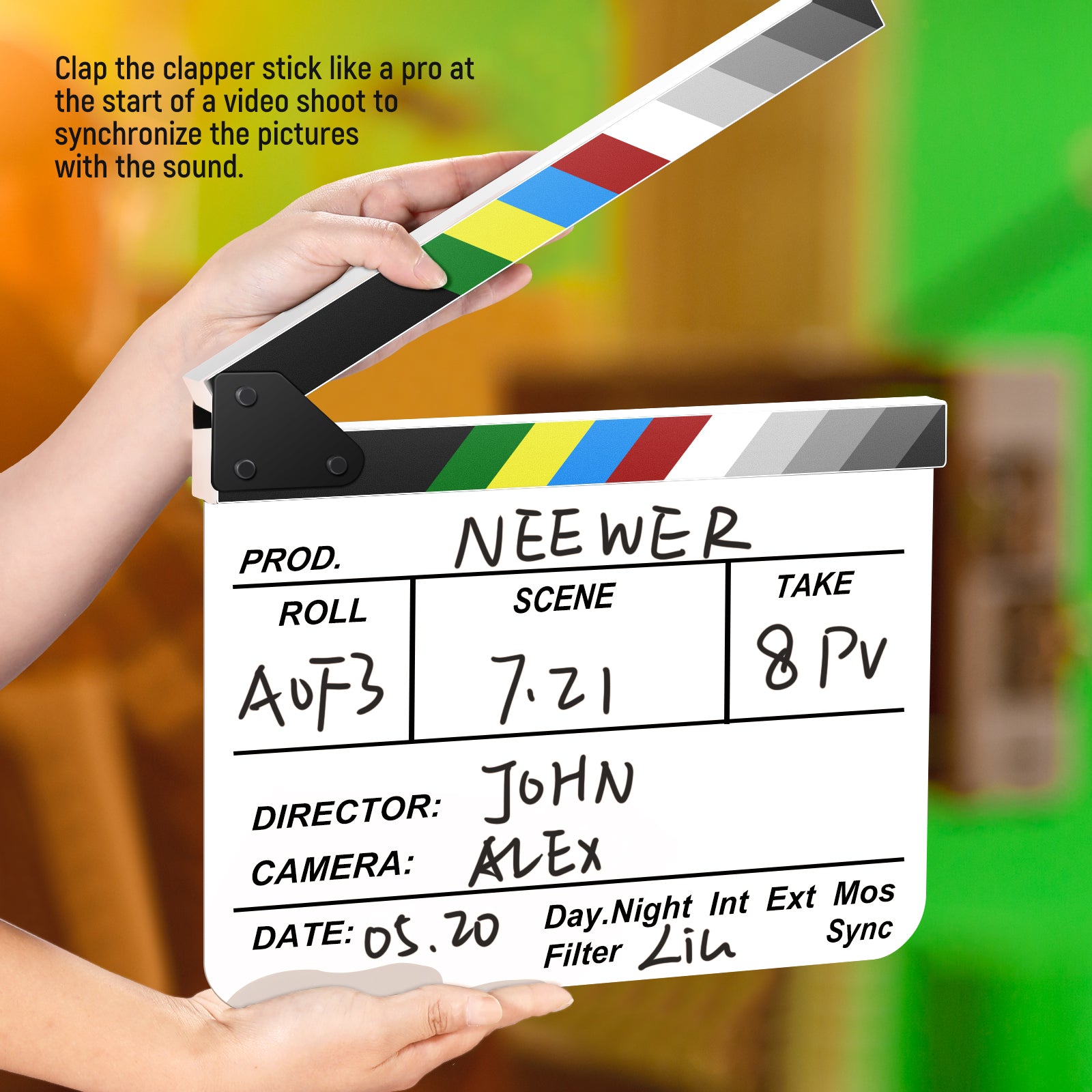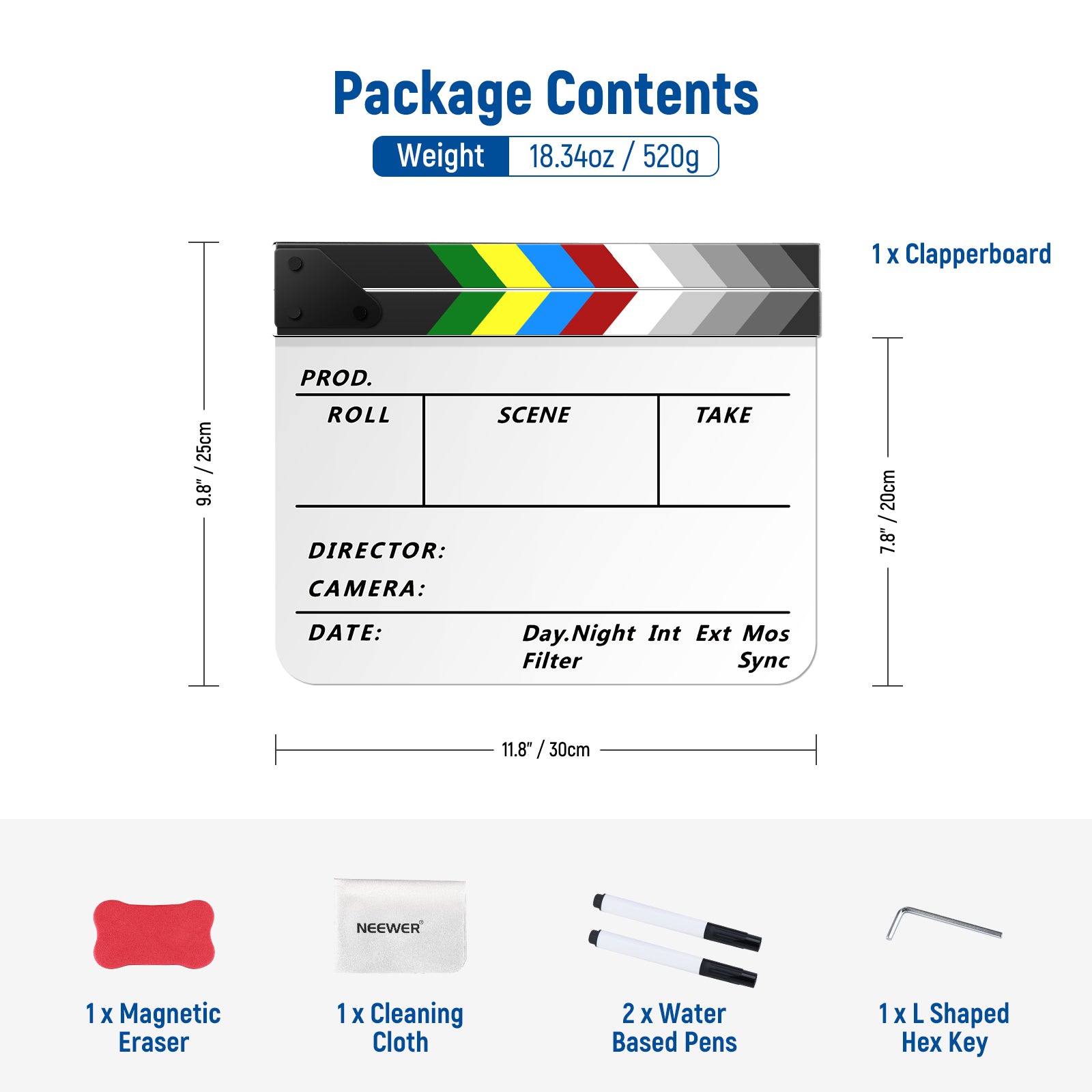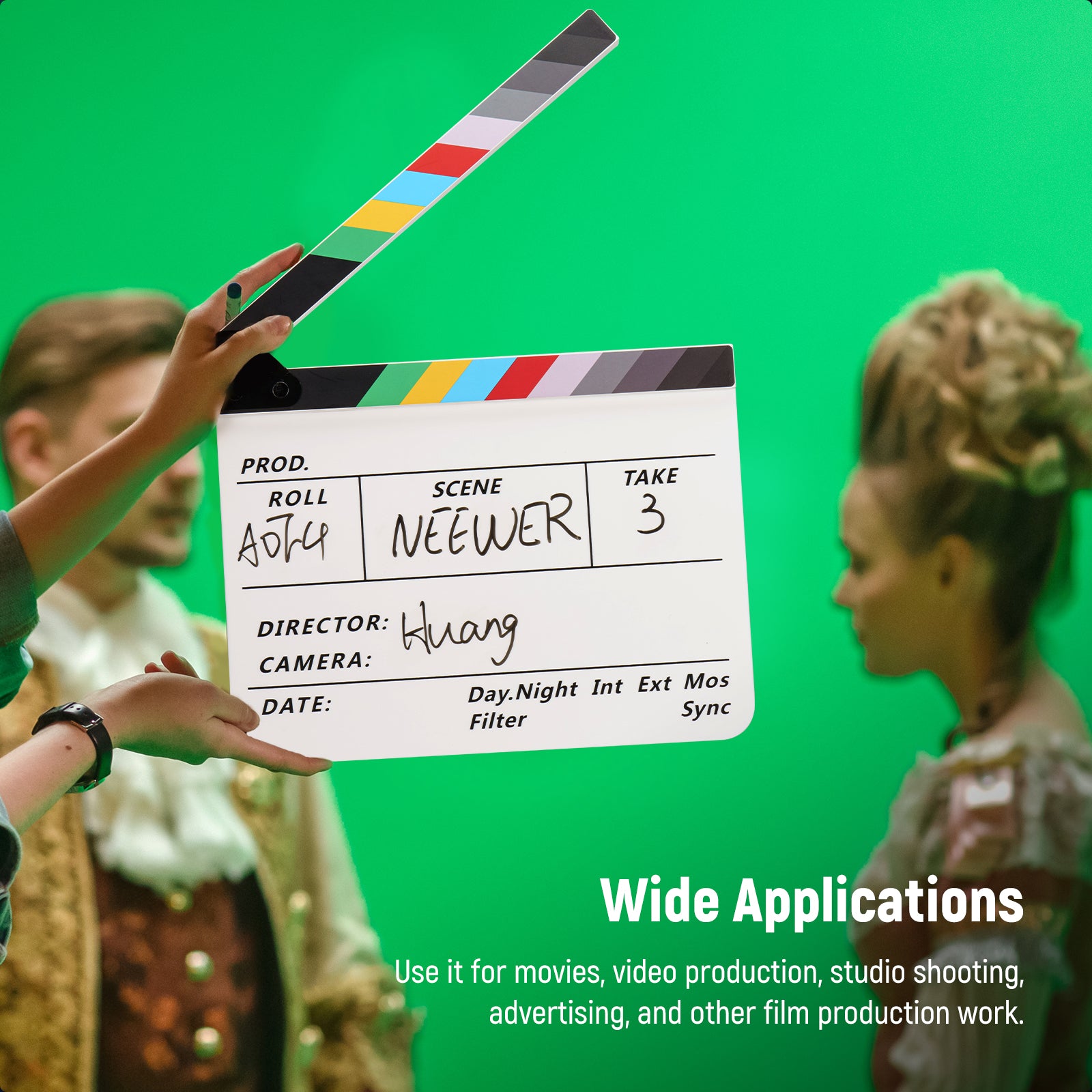Table of Contents
The ideal on-camera flash can provide superior exposure, enhance the aesthetic appeal of your lighting, enable precise shadow control, and capture excellent dynamic moments. In this blog post, we have selected four of the best on-camera flashes and shared tips for choosing the right one. If you are seeking a functional and affordable flash, these are excellent options.
Quick Overview of On-Camera Flashes
|
Model |
Max Power |
Flash Duration |
Battery Capacity |
Recycle Time |
Weight |
|
Z2PRO |
76Ws |
1/180s-1/20000s |
3000mAh |
1.5s |
580g |
|
Z880 |
76Ws |
1/180s-1/20000s |
2600mAh |
1.5s |
547g |
|
Z160 |
22Ws |
/ |
1100mAh |
1.5s |
160g |
|
RF1-C |
76Ws |
1/400s-1/19300s |
Powered by 4x AA batteries |
0.1-2.7s |
368g |
Best On-Camera Flashes in 2026
1. NEEWER Z2PRO 76Ws TTL Round Head Flash

The NEEWER Z2PRO is an on-camera flash with a variety of advanced functions, including automatic metering, 1/8000s HSS, stroboscopic flash, and more. It uses a quartz lamp tube, so it can support up to 100,000 flashes. In addition, this on-camera flash is equipped with an efficient heat dissipation system, so it will not overheat even after 100 consecutive full-power flashes.

Using the TCM button, you can switch from TTL mode to M mode in a second when using the NEEWER Z2PRO on-camera flash. This flash features a built-in 3000mAh high-capacity lithium battery, providing 600 full-power flashes, a 1.5-second rapid recharge time, and a flash duration of 1/180 to 1/20000 seconds, delivering exceptional lighting.
Pros:
- Upgraded UI and TTL/M Mode Switch
- Expanded 2.4G Wireless System
- High Capacity & Fast Recycling
2. NEEWER Z880 2.4G TTL On-Camera Flash

The NEEWER Z880 is also a multifunctional on-camera flash with a maximum output power of 76Ws. It can switch between i-TTL and M modes to achieve accurate flash metering. It is equipped with a high-definition LCD screen and a new UI, allowing you to operate it more easily while shooting.

In addition to i-TTL and M modes, the NEEWER Z880 on-camera flash also offers RPT (stroboscopic) mode, supporting customizable stroboscopic flashes with a maximum of 100 flashes. Additionally, it supports 1/8000-second HSS (High-Speed Sync) and front/rear curtain sync. Through the built-in 2.4G wireless Q system, you can control wireless flash via a trigger and use it as a master/slave unit for other Q system flashes.
Pros:
- New UI/TCM Switch/Flexible Head
- Multiple Modes & 1/8000s HSS
- Built In 2.4G Wireless Q System
3. NEEWER Z160 Camera Flash with Auto & Manual Modes

The NEEWER Z160 is a stylish and compact on-camera flash that seamlessly blends retro aesthetics with modern functionality, making it a perfect accessory for your fashion-forward outfits and ideal for street photographers. It features a built-in 0.5W 6500K modeling light for effective lighting previews. Additionally, the constant color temperature of 6000±200K, combined with the included diffuser, ensures precise color rendering.

The NEEWER Z160 on-camera flash features automatic and manual mode options. The automatic mode supports ±3 stops of exposure compensation, while the manual mode allows precise adjustment of flash output between 1/128 and 1/1, enabling better adaptation to various shooting scenarios. It is built with an 1100mAh lithium-ion battery, providing up to 650 full-power flashes. Additionally, it includes protection features such as overcharge and over-discharge protection, ensuring sufficient safety and reliability.
Pros:
- Stylish & Compact Mini Camera Flash
- Multiple Flash Modes
- Built in Lithium Battery
4. NEEWER RF1 TTL Marco Ring Flash

If you want to invest in an on-camera flash for macro photography, the NEEWER RF1 can meet your needs. It is a macro ring flash with an 80° wide-angle flash coverage range that can evenly illuminate subjects such as plants and insects from all angles, minimizing harsh shadows and avoiding vignetting.

The NEEWER RF1 on-camera flash is equipped with two assist focus lights, which offer 10 levels of brightness adjustment. These lights can help you focus quickly when shooting in dimly lit environments. The flash tubes of this macro flash can be controlled independently or in combination. In TTL/M mode, the 8:1-1:1-1:8 flash ratio is adjustable in 1/2 stops for fine tuning the image contrast.
Pros:
- 3 Flash Modes & Independent Flash Tubes
- Assist Focus Lights & Concise LCD Screen
- 4 Color Gel Filters & 8 Lens Adapter Rings
Buyer’s Guide: Picking the Right On-Camera Flash for Your Needs
1. Make Sure It’s Compatible with Your Camera System
First and foremost, always check that the on-camera flash you’re buying is compatible with your camera brand—Canon, Nikon, Sony, Fujifilm, etc. Most camera brands have their own dedicated hot shoe systems and TTL (Through-The-Lens) metering protocols. If you want automatic flash exposure (TTL), you need a flash that’s specifically designed for your camera. Don’t assume a generic hot shoe flash will work properly with your camera’s settings—it might only work in manual mode or not at all.
2. Consider Power, Recycle Time, and Battery Options
The power of a on-camera flash is typically measured by guide number (GN)—the higher the number, the farther the light can reach. For indoor portraits and fill light, a GN of 30–40 is usually fine. For event or outdoor work, look for something around GN 50–60. Also, pay attention to recycle time—that’s how fast the flash is ready to fire again. Faster is better, especially for action or event shooting. Rechargeable battery options, like AA batteries or built-in lithium-ion packs, also matter. Flashes with external battery pack support are ideal for long sessions like weddings or concerts.
3. Choose Between TTL and Manual Flash Modes
TTL (Through-The-Lens) flash metering is perfect for beginners or fast-paced events. It automatically adjusts flash power based on the scene’s brightness and your camera settings—great for weddings, events, or fast shooting conditions. Manual flash, on the other hand, gives you full control and is preferred by many professionals for consistency and creative control. Ideally, pick an on-camera flash that offers both TTL and Manual modes so you can grow with it. That way, you can start with TTL and later experiment with manual ratios and setups as your skills improve.
4. Built-in Wireless Control is a Huge Bonus
If you ever plan to shoot with on-camera flash, having built-in wireless control (as a master or slave unit) is a big plus. Even if you’re not ready to go off-camera now, having wireless built-in means your flash can grow with you later. Some units also include high-speed sync (HSS) and second curtain sync, which are great for freezing motion or creating light trails in creative work.
5. Look for a Flash Head That Tilts and Rotates
The biggest mistake many beginners make is pointing the on-camera flash directly at the subject. This causes harsh shadows and unflattering results. A flash with a tilt/swivel head lets you bounce the light off ceilings or walls, creating soft, natural-looking illumination. Look for heads that can tilt 90° up and rotate at least 180° left/right—this gives you the flexibility to bounce light in portrait or landscape orientation. If you want beautiful indoor lighting, a bounceable flash is a must. Some flashes even have built-in bounce cards or diffusers, which are great bonus features.

